Welcome to Episode 7 of Zero to Fashion Empire! I share knowledge, and you act as the ‘Wise Advisor,’ choosing the next step. Written like a Choose Your Own Adventure, each episode ends with three options.
Let’s explore the world of fashion, one look at a time.
<— Previous ——— Next —>
Previously on…
Everybody vote for the cold-outreach experiment!
I (Leo) reach out to 300 photographers, stylists, and fashion designers.
Process:
Go on Instagram. The best place to find people in Visual Arts due to its use case as a portfolio page
Pick out one thing they made recently
Give a genuine compliment
Hit send
Results:
Mua K, whose work I admired most out from this experiment, followed me on Instagram. She’s a hair and makeup artist responsible for the face looks below.
MISSION FAILED.
Unfortunately, I only managed 31 out of 300 reach outs.
Debrief:
1st mistake: I underestimated how long 300 reach outs would take. I thought 3 hours was enough, but then I ran the math—5 minutes for 1 reach out, extrapolated to 300, is 1,500 minutes. 1,500 minutes is equal to 25 hours!
2nd mistake: I underestimated how draining it would be.
3rd mistake: I wasn’t thoughtful enough in how I set up the experiment. If I were to do it again, I’d make adjustments.
On This Episode:
An investigation into media
For 450 years between 1450–1900, ideas were distributed en masse via books and pamphlets—luxury goods at the time since only 1 in 5 (in 1900) could demonstrate literacy defined as the ability “to read and write a simple statement about everyday life.”
For 125 years between 1900–2025, the complexity of a given piece of media has steadily risen. The 1900s made the distribution of ideas en masse possible via sound via radio. The 1920s introduced two-dimensional black and white video via television. The 1960s saw all colors to the visible spectrum. The 2000s reduced the average broadcaster-to-audience latency from days to minutes via social media. The 2010s further reduced it from minutes to seconds via livestreaming.
75 years ago, Yasujirō Ozu directed Tokyo Story. Black and white; straightforward shots from a static reference point.
In 1967, >50% of Hollywood movies were produced in color.
The first 9 minutes of Wizard of Oz were in black and white. The last 92 minutes were in color.
Since 2008, Chinese livestreams show real-time viewer commentary sliding right-to-left across the screen. Dizzying to Western viewers, it is known to the Eastern audience as danmu, 弹幕, and bullet curtain.
In 1964, Marshall McLuhan coined the phrase “The medium is the message.” In 2025, I add to his phrase, “The medium is the message, and the message is the message, and the medium is always changing.”
One estimate of complexity is the number of people needed to make the thing. In 1517, six people were required to print Martin Luther’s 95 Theses: 1 author, 1 proofreader, 1 formatter, 1 ink layer, 1 presser, 1 shop manager. In 2019, 3,086 members were cast in Avengers Endgame.
The word ‘Media’ has become bloated—like ‘Art,’ which once meant paintings and sculptures but now covers music, dance, architecture, and more. Today, movies, social posts, interviews, newspapers, podcasts, and ads all fall under ‘Media.’
Words with endless meanings can mean nothing. To clarify ‘media,’ I break it into four main functions: reporting, commentary, entertainment, and advertising
1) Reporting = a telling of facts
2) Commentary = opinions about facts and events, sensemaking
In an ol’ fashioned newspaper, commentary is the Op-Ed section, and everything else is supposedly reporting.
3) Entertainment
Most of Hollywood falls under this category (- a few documentaries, which = Reporting/Commentary)
4) Advertise = the presentation of a product/service with the intent to get people to buy
In the podcasting and YouTube sphere, advertisers bankroll creators. This is why these two forms of media are often found in the same or adjacent physical or digital spaces.
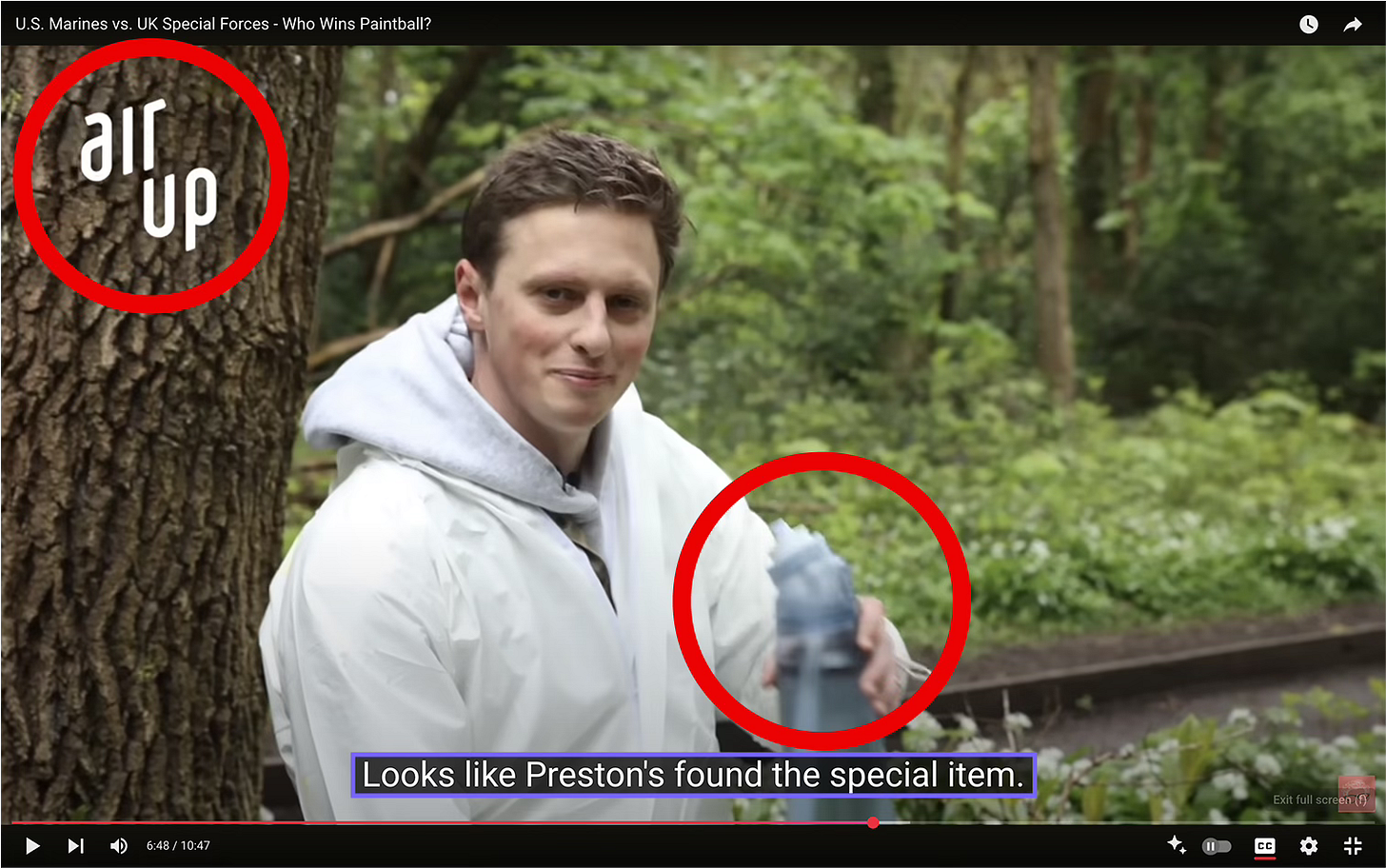
Generally, I see two problems in media:
Hosts WIN, Guests LOSE
Advertisers WIN, Viewers LOSE
But first, here are the main players are in media, there are usually four:
Host. The person asking questions.
Guest. The person giving answers.
Viewer. The customers of the show.
Advertiser. The company who promotes a product or service in the format in which the information is presented.
Sometimes the host and guest are the same person, like in a monologue podcast. Rarely, there’s no advertiser. On YouTube, all four roles can sometimes be found in the same space:
Problem #1: Hosts WIN, Guests LOSE
I grew up as a New England Patriots fan.
Head coach Bill Belichick has a reputation for being cold toward the media.
In 2014, Bill scowled at reporters during a post-game interview and ignored several questions in a row by saying “We’re on to Cincinnati.”
Why is Bill so tight-lipped?
At the time, the narrative was Tom Brady is 37 years old, therefore he’s too old to play, therefore he’s the cause of the team’s loss, therefore he should be benched.
Asking that question one time is fine, but asking it over and over — in the same interview? — is crazy. Why would the reporters ask the same question on repeat?
The incentive for short soundbites. Short is how information is shared on social media. The more shocking the soundbite, the more clicks it generates. Short soundbites, by nature of being short and selected for the shock factor, typically do not capture the context of what is being said.
The incentive to fit a pre-determined narrative. The narrative at the time was Tom Brady is too old to play—(he went on to win 3 super bowls). Reporters tend to fish for facts/quotes to fit a pre-determined narrative, rather than of adjusting narrative to fit reality!
Sports isn’t the only culprit. When I was 14-15 years old, my favorite TV channel was CNN. Today, when I turn on cable news, I get blasted with non-stop coverage of murders hundreds of miles away from my home. It is borderline unwatchable.
In the past, people largely trusted cable media. It was the place they got their news. But in recent years, that trust has been eroded. Now, it is at the lowest point it has ever been. Trust in social media is even lower.
Why did this happen?
In Y2K, Google Adwords made this equation true:
More clicks = more revenue
A google search is free. A social media post is free.
Who pays for the data centers?
Not the user. Advertisers.
In 2007-08, the mass-media business model collapsed. Attention started to shift to social media platforms. Advertisers re-allocated ad spend to Google and Facebook.
Clicks became revenue. Networks prioritized clicks over respecting viewers, and discovered that each extra negative word in a headline boosts clicks by 2.3%.
Negativity drives fear, attention, and clicks—so media skews coverage toward bad news, even if positives far outweigh it.
FDR got polio at 39 and was largely wheelchair-bound, but the media stayed silent. When 78-year-old Joe Biden slipped on stairs, it dominated headlines for weeks.
Ronald Reagan was the first president to career-change from media (= Hollywood) to politics (= the Presidency).
Now we are seeing the reverse trend: career politicians spinning up their own media outlets.
Strained relations between politicians and journalists lead to the rise of independent media. This trend is present in other fields.
Journalists and technologists used to get along great. Tech was seen as geeky, futuristic, new-age gadgets.
Then in 2018, Mark Zuckerberg testified before U.S. Congress for failing to stop the sale of terabytes of Facebook data that led to the fixing of political races. In 2019, journalist Zoë Schiffer wrote a hit piece in The Verge to get Away’s CEO fired.
The peak of journalism is Watergate. For journalists, the best thing they can do is put a man out of work.
The peak of technology is SpaceX. For technologists, the best thing they can do is put a man on the moon.
~ Balaji Srinivasan
From 2023–2025, the dominant tech-media narrative has been ‘AI will steal your jobs,’ a stark contrast to past optimism in shows like Star Wars and Star Trek versus dystopian hits like Black Mirror and Squid Game.
Currently, the strategy is: don’t talk to journalists. Ignore them because the risk-reward ratio of having your words misrepresented is >> 1.
Better to talk directly with your stakeholders (customers, hires, investors) via social media or your own podcast. In 2024, Lulu Meservey, a public relations expert, published a direct critique of her own industry. Her Go Direct manifesto summarizes many of the points above.
Fashion depends heavily on media—runway shows don’t start until magazine editors are seated, caviar amuse-bouche in hand.
Fashion is about fun and self-expression, so how could it clash with journalism? Yet history shows conflict—the 1960s miniskirt backlash, PETA’s 2005 fur protests, even Anna Wintour’s tofu pie incident. By 2027, could journalists push boycotts over ‘unsustainable’ materials?
A Few Ideas:
1) 24 Hour Livestream
Whatnot is a live-stream shopping platform for online auctions. With a host, you could lease items from a consignment store for an auction show. I’m bullish on live shopping, especially for customers buying fashion from overseas.
Example Format:
Schedule: 2h Auction → 2h In-Person Shopping → 2h Auction → 2h Food, Chat, and Waiting for Next Host.
For 24-hour coverage, have three hosts—one each in NYC, Paris, and Tokyo—covering 8-hour shifts in the busiest shopping areas with no overlap.
Minimum team: 1 Host, 1 Editor, and 1 Inventory Manager per location × 3 locations.
2) Walking Podcast
Make a podcast stand out by recording while walking—movement gets ideas flowing. For fashion, you could add three models walking in the background.
3) Interview Show
Many fashion designers have done magazine interviews, but few have done video interviews.
Components of an Interview Show:
A roster of guests
A host
A set = a place where this occurs
Post production capabilities = The footage needs to be converted to the proper format
A place for the audience to find = a website or link that people can access
Business Model of an Interview Show:
If there are four players in the space (guests, hosts, viewers, advertisers), then money has to come from one of these four sources.
1) Host pays themselves. Unless they’re the Central Bank, and is able to print money, I don’t see how this is an option.
Note: With the blockchain, it is possible to issue your own currency. In theory, if enough people agree it has value, and buyers and sellers can transact at a low spread whenever they want, and there is a mechanism to swap your currency into a used one (eg. USD, Uniswap does this), then you’ve made a market and your currency has real monetary value! But this is a new technology and I haven’t seen it work in this specific use case.
2) Charge guests. It’s like making a keynote speaker pay to attend—while they gain publicity, it’s counter to norms and money changes the frame.
Two frames for an interview show are: (1) genuine conversation, like Fashion Neurosis or Infinite Loops, and (2) skits, where host and guest play roles, like SNL or Between Two Ferns.
3) Viewers pay for access. The idea is you hide a % of content behind a paywall. The downside is less net distribution per volume of content published.
For example, Bliss Foster is one of the biggest fashion YouTubers. He doesn’t do brand sponsorships (ie. advertisements) on his channel; therefore he derives his revenue from a paid community.
4) Display ads in the show. Ad-driven business models dominate the Internet economy. Google drives 77% of revenue from ads, Facebook at 98%, Vogue at 75%, Business of Fashion at 60%.
Poorly-presented ads are like cookie pop-ups, a negative tax on the viewer experience.
Imagine listening to a sleep meditation video and getting hit by ads:
Too many ads can be seizure-inducing. “We estimate we can sell up to 80% of an individual’s visual field before inducing seizures,” says the villain in Ready Player One.
Is it possible to create ads that enhance, rather than diminish, the viewer experience?
The best ads are seamless. Daniel Craig driving an Aston Martin enhances the character of James Bond, rather than diminishes it.
What does a good ad look like in a fashion interview show?
Here’s an idea:
When many people travel to a venue, nearby accommodations see high demand—Airbnb capitalized on this near convention centers. Major fashion shows happen predictably each year. What if we partnered with hotels to film on their sets during these events?
What if hotel ads and NYC interviews were timed with fashion show bookings—filmed in July, released in August, when people book September stays? The Manner NYC, a SoHo boutique by Hannes Peer, is popular with fashion buyers despite its $800/night rate.
There are only two business models that I’ve seen work: (1) one where viewers pay (Netflix, WSJ) and one where advertisers pay (YouTubers). One-time payments suit slow content (e.g., UFC Pay-Per-View, movie tickets), while subscriptions fit fast content (e.g., Netflix, weekly newsletters).
Minimum Headcount of an Interview Show:
Can one person do it all?
I think so.
They point a camera at themselves or mount it on a tripod, interview the guest, then go home to edit and post-produce before finally uploading.
Mickey walks around NYC photographing events and celebrities, building a reputation using just an iPhone.
Marques Brownlee’s Octopus model where one person assumes all roles:
At what point is the division of labor optimal?
Person 2: Editor
The host needs to be refreshed, ready-to-go, and emotionally alive.
Video-editing is a high time-on-task job. For every hour of footage, the editor needs to re-watch it at least multiple times. The host should not be staying up all night, multiple nights in a row, editing the footage.
So it makes sense to bring in an editor/videographer. In an interview show, you probably don’t need insane CGI editing, but editing is still important because it determines the look and feel of the show. An editor is the de facto Chief Aesthetic Officer.
I’ve seen creators go very far with just these two roles: host and editor. The Nelk Boys for many years, their team consisted of two hosts (Jesse and Kyle), and one editor (905shooter).
III. Distributor
In film, production and distribution are often separate roles, sometimes even separate companies—e.g., Parasite was produced by Barunson E&A and distributed by CJ ENM.
In an interview show, a distributor ensures content reaches the right platforms, at the right time and format. With so many social media distribution sites, you need someone to stay on top of them.
IV. Set Designer
A set designer can be vital—booking venues, collaborating on visuals, showing high agency, creativity, and persistence to make things happen.
Minimum Viable Media Team: like Tesla is more a factory than a car company, a team with a strong host, editor, distributor, and set designer can, in theory, produce any content. With the right skills, the only limit is creativity.”
With respect to expanding capabilities, there are a few models that I’ve seen work.
Tim Ferriss / 4 Hour Workweek Model: Stick to your core skills and outsource the rest—reliable execution, but limited innovation.”
Ryan Trahan / Fantastic 4 Model: Seek people who genuinely complement you—rare to find, but invaluable when you do.
David Senra / Founder Mode Model: Execute with maximum control for quality, but risk burnout if sustained on unenjoyable tasks.
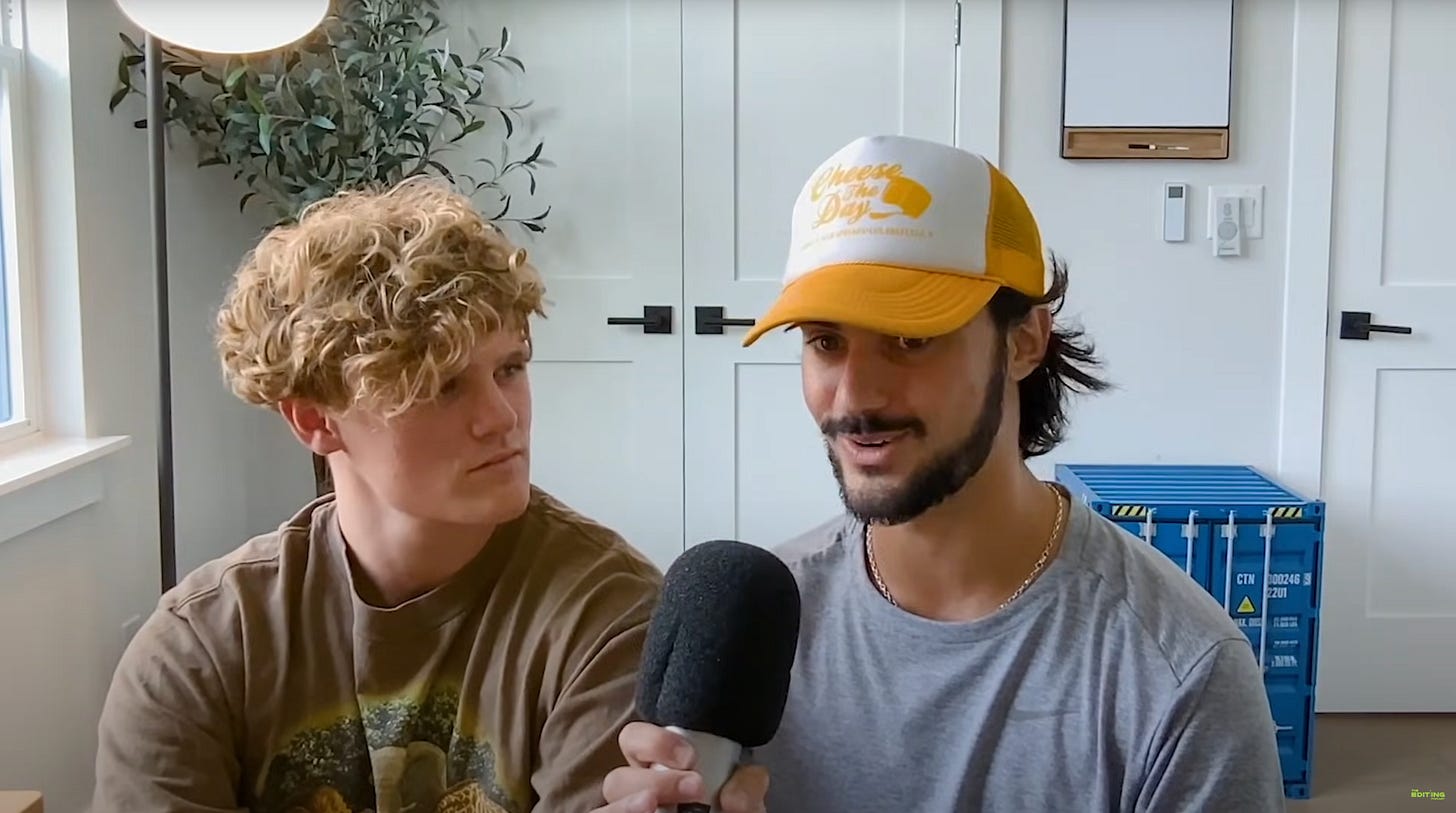
Media incentives on the Internet amplify variance. Viral deviances like the Cranberry Juice Fleetwood Mac Skateboarder and the Hawk Tuah Girl resulted in lives changed by short, 15 second clips.
“In a fight, who wins? The smart guy or the crazy guy?” ~ Masayoshi Son
In the past, only the “Most Likely to be Famous” had a shot at being famous. Now, all superlatives have the opportunity at being widely respected in the field they’re passionate about.
The “Class Clown” can start a TikTok comedy show. The “Biggest Flirt” can start a dating advice podcast. The “Best Couple” can start an Instagram page showing their family life and dog. The “Most School Spirit” can host events and blog about it:
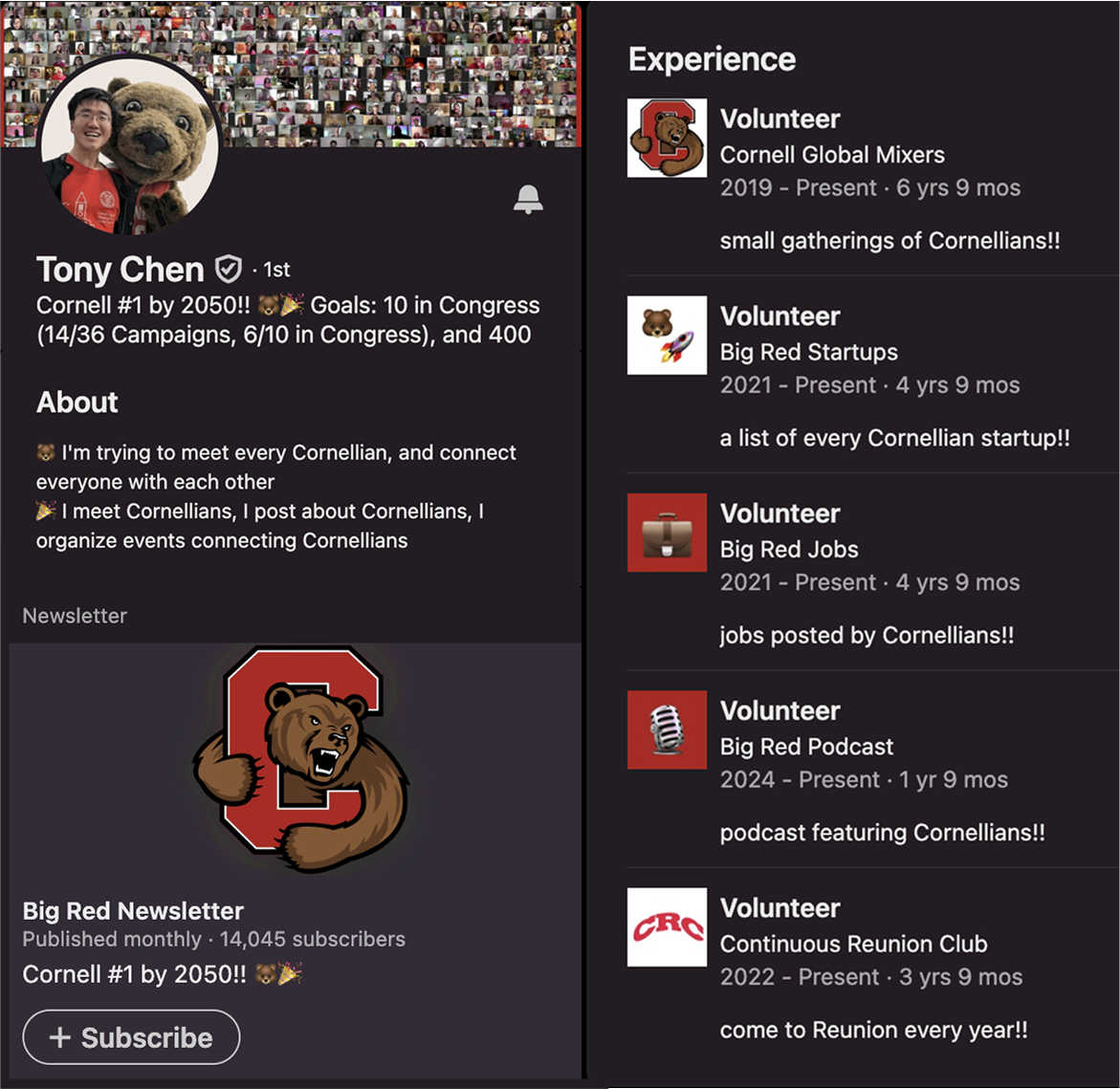
Finding a Host
For an interview show, the first order of business is to find a suitable host. Broadly speaking, I’ve seen at least two personality archetypes that work.
JINX. Wild card, unpredictable, unapologetically oneself, has a deviant aesthetic, and can be dropped anywhere on Earth and put on a show.
Examples: Emma Chamberlain, Billie Eilish, Ms. Yeah, Jinx from Arcane.
OPRAH. Expressive, lifts others up, dependable, has a great reputation with people of all backgrounds and the “establishment”.
Examples: Oprah Winfrey, Chloe Malle
A JINX archetype fits livestreams or vlogs, while an OPRAH archetype suits formal interviews.
On the Harry Potter alignment chart, a JINX is pure chaos, while an OPRAH is lawful or neutral good.
Focusing on the Oprah archetype, here are the casting requirements I’d seek for a fashion interview host.
Oprah: Casting Requirements
1) Female, age 16-32, English fluency
80% of fashion buyers and 85% of workers are female. Many categories of items are designed exclusively for women, such as dresses, gowns, lingerie, makeup, and many skincare and jewelry products. A female host is preferable for these topics.
Young people are Internet native (eg. Vlogs, Snapchat, Live-streaming).
An accent is O.K. as long as it is comprehensible.
2) Must be obsessed with fashion!
3) Dreams about being on stage, a TV star or influencer, a desire to communicate at scale, being in the public eye is not a red line.
4) Great conversationalist.
Is able to have strong opinions and tease them out of others.
Resonates with this quote by poet John O’Donohue:
“When had you last a great conversation in which you overheard yourself saying things that you never knew? Words that absolutely found places within you that you thought you had lost. And a sense of an event of a conversation that brought the two of you onto a different plane. And then fourthly, a conversation that continued to sing in your mind for weeks afterwards. And I've had some of them recently and it's just absolutely amazing. They're like, as we say at home, they're food and drink for the soul.”
5) (optional) Uses skincare, makeup, or hair styling products.
6) (subjective) Physical Looks
Any race or ethnicity is O.K, and there’s no need to be Miss Wherever, but there must be a minimum effort to take care of one’s physical appearance.
7) (subjective) Mental Development
A minimum level of maturity is required, which can be expressed using Bob Kegan’s 5 Stage of Adult Development:
Stage 3 = “The rightness of decisions is judged by other people. The person’s primary motivator is to seek approval from the group. Perhaps there is no separation between how they see themselves and how they think others see them.”
Stage 4 = “The opinions of others are taken into account, but now the self is involved in making decisions. They can write some of their own rules and follow their own path. They like a style even if it differs from the view of others.”
Stage 5 = “There is a realization that one’s beliefs are limited and incomplete. Followed by a genuine interest for learning. There’s the idea that the self is constantly re-created and honed through interactions with others.”
Minimum stage 4, preferably stage 5.
Credit to
for the photos.How many Oprahs exist in the world?
Euler’s Circles (1760s) are a superset of Venn Diagrams (1880s), meaning every Venn Diagram is also an Euler’s circle. These circles are tools in set theory intended to describe the relationship between objects.
Out of all 8+ billion people in the world, how many Oprah are there? To answer this, let’s make some concentric circles:
~8B people, half are female, 25% are between ages 16-32, and 20% of the global population speak English.
Only 200M fit the first couple criteria. ~3% of the world works in the Fashion industry, so I use that as a substitute for “interest in fashion”.
Of the 6M people interested in fashion, about 50% of Gen Z in the U.S. would consider becoming influencers. But how many also have the looks, conversational skills, maturity, and true obsession with fashion?”
Upper Bound: On the upper end, let’s say 50% of people pass these criteria.
Lower Bound: I’ve met hundreds in NYC interested in fashion and media, but none met all the requirements—obsession with fashion and being a great conversationalist are rare. I intuit it’s about 1 in 10,000.
I estimate there are between 300 and 1.5M fashion Oprahs in the world. It is now a search problem.
Next episode:
1) OPRAH
Search for this person
2) AKINATOR
Find your Style
I have fairly dark skin for an Asian, which makes it tricky to find clothing that looks right—colors appear differently on different skin tones. What if I built a tool to help people find their style? Using runway images, a neural net could power an Akinator-style tool—like the guessing game, but for fashion.
3) CATWALK
Go to a fashion show
September is New York Fashion Week!
Vote CATWALK to receive:
A story about how I (Leo) attempt to get into my first fashion show !!
You’ll learn what a fashion show is, how a runway works, and receive a curated selection of looks from the Spring/Summer 2026 season!
Thanks for reading!
Please vote:
Or please suggest me an option below:


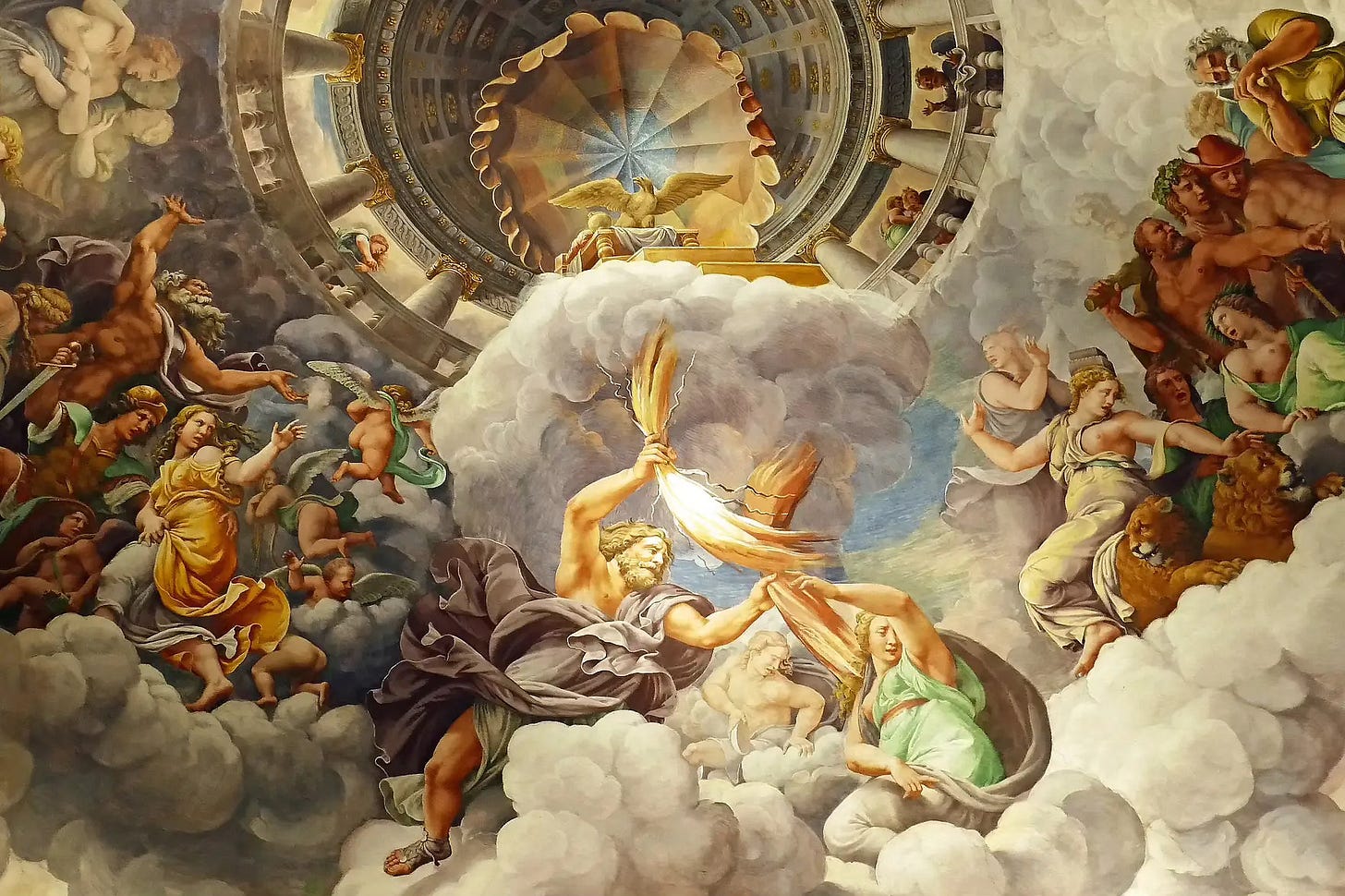

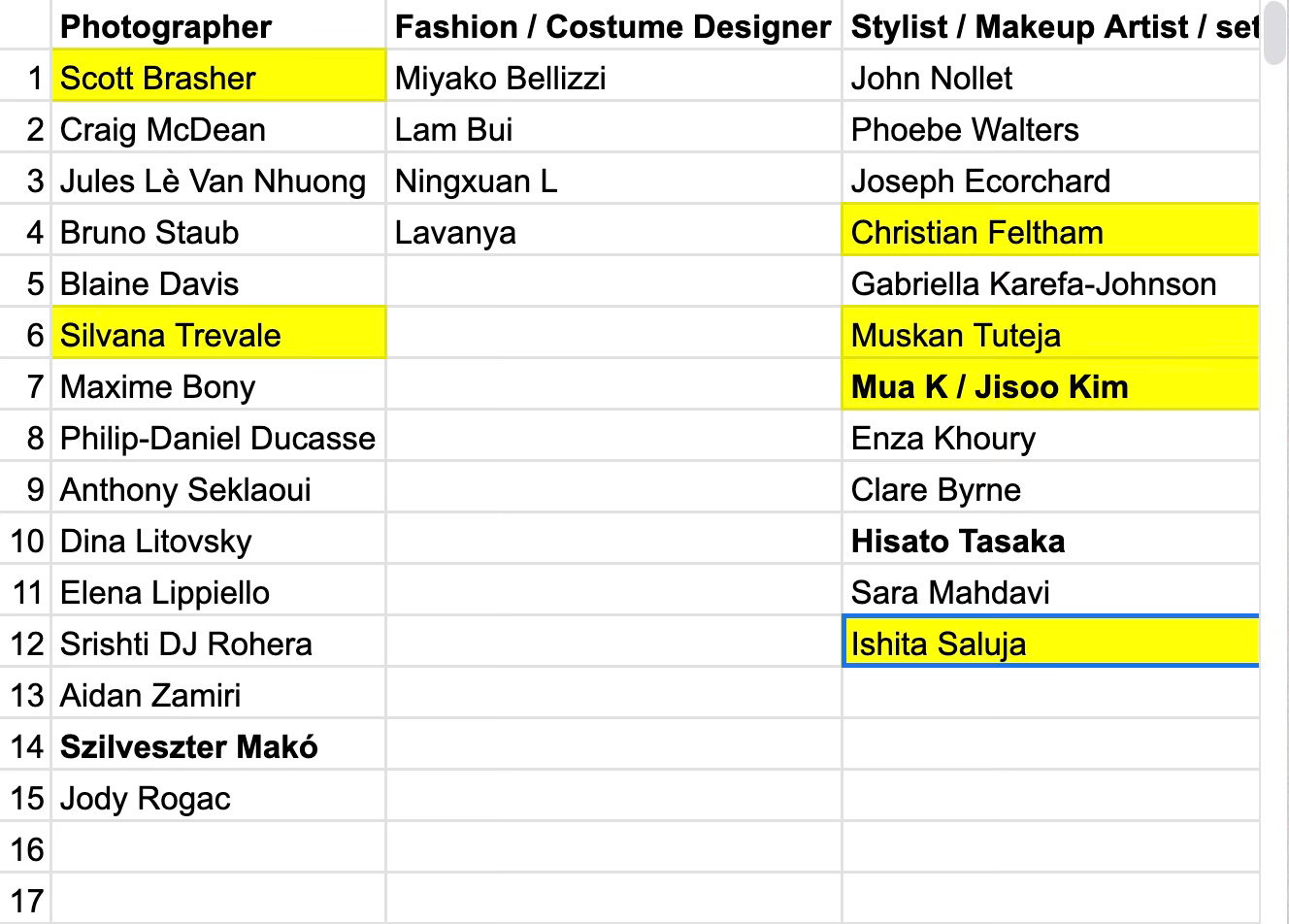

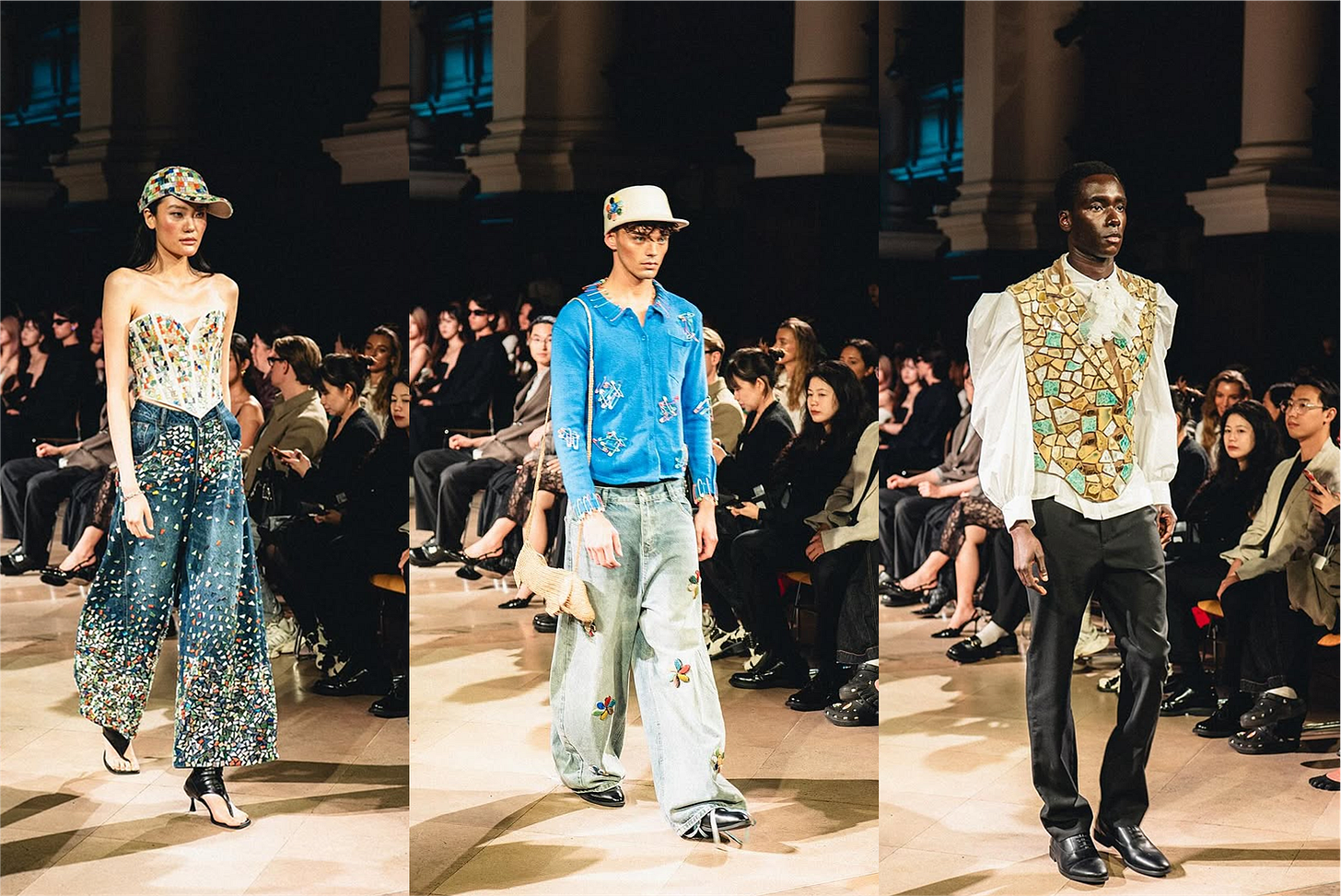

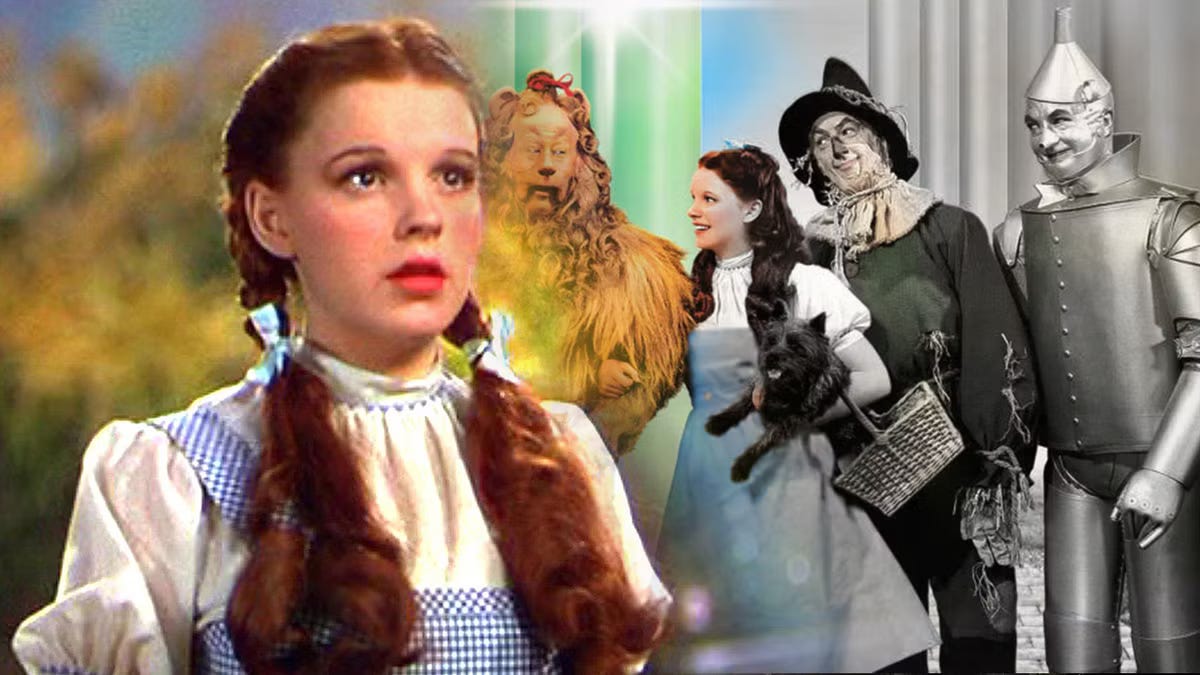
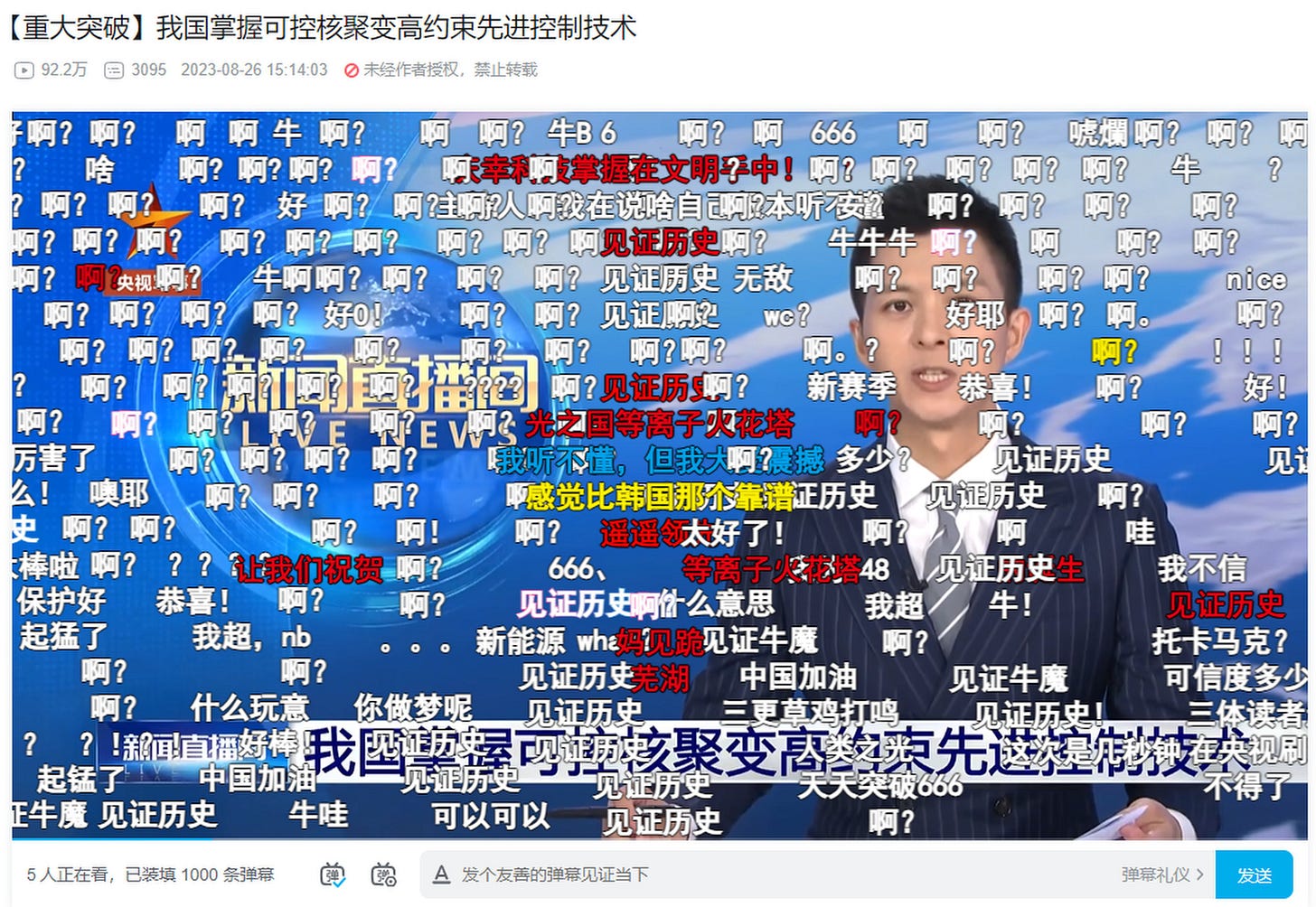
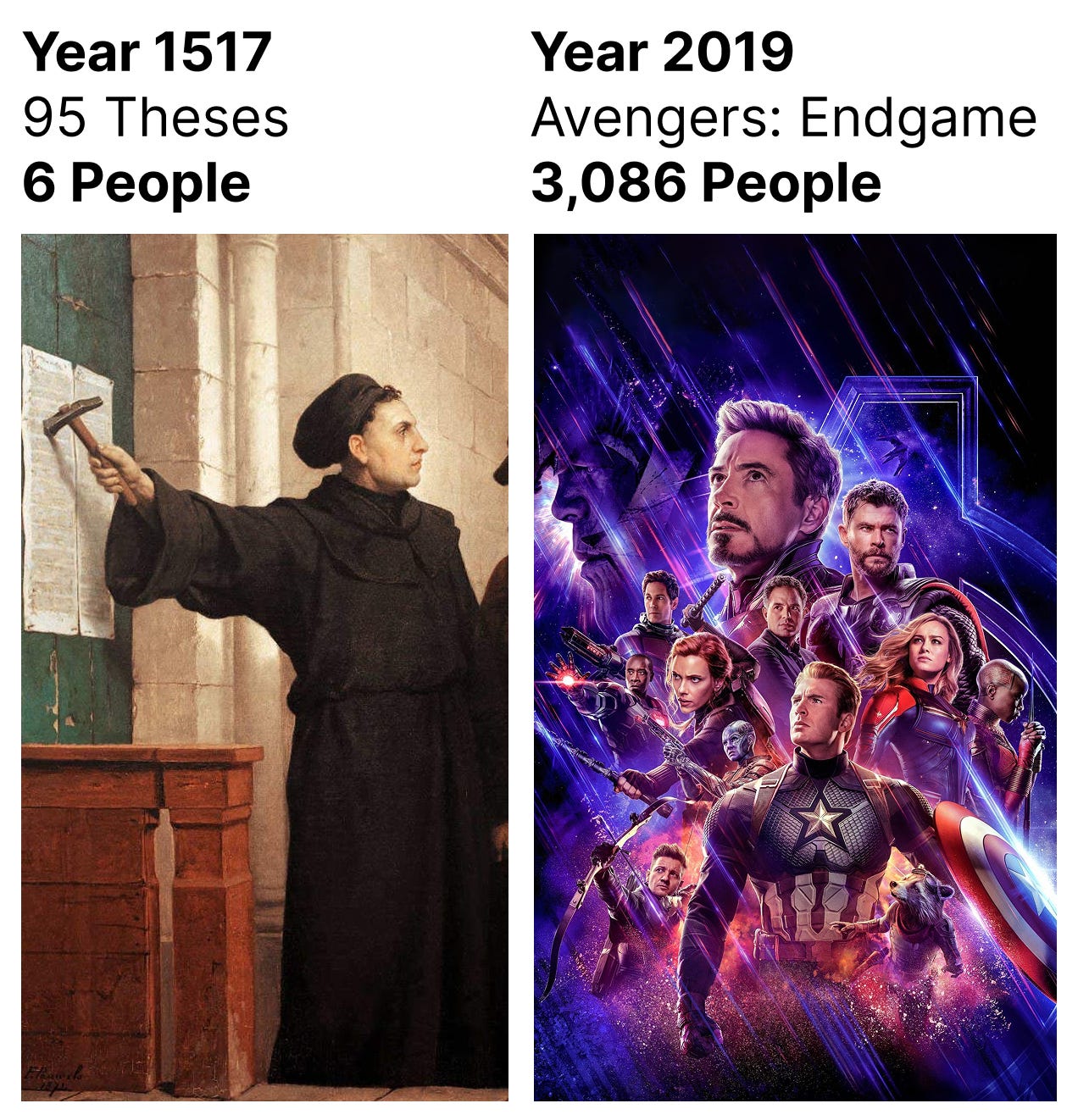
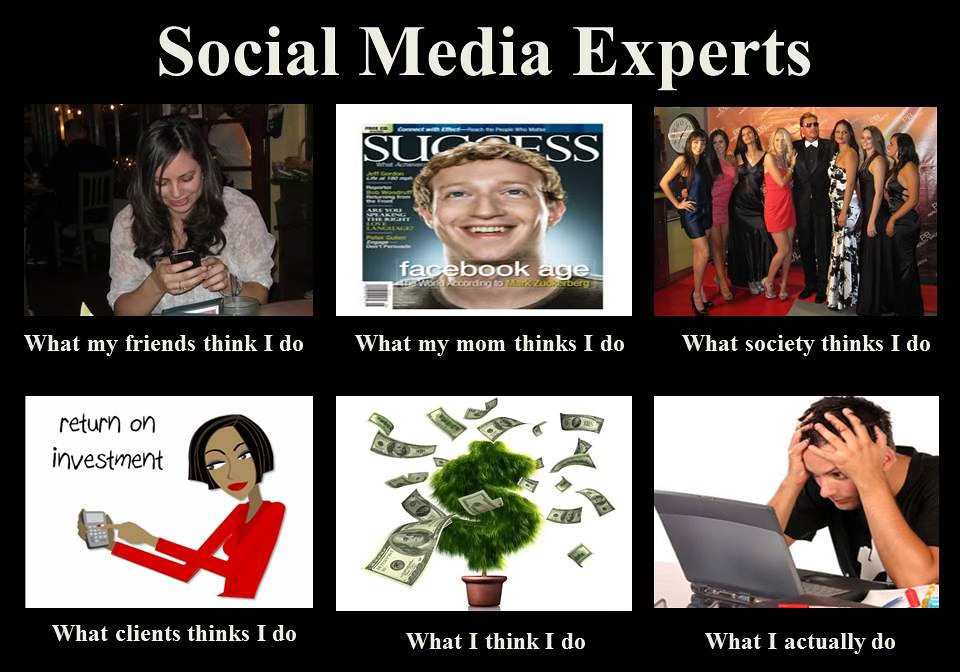

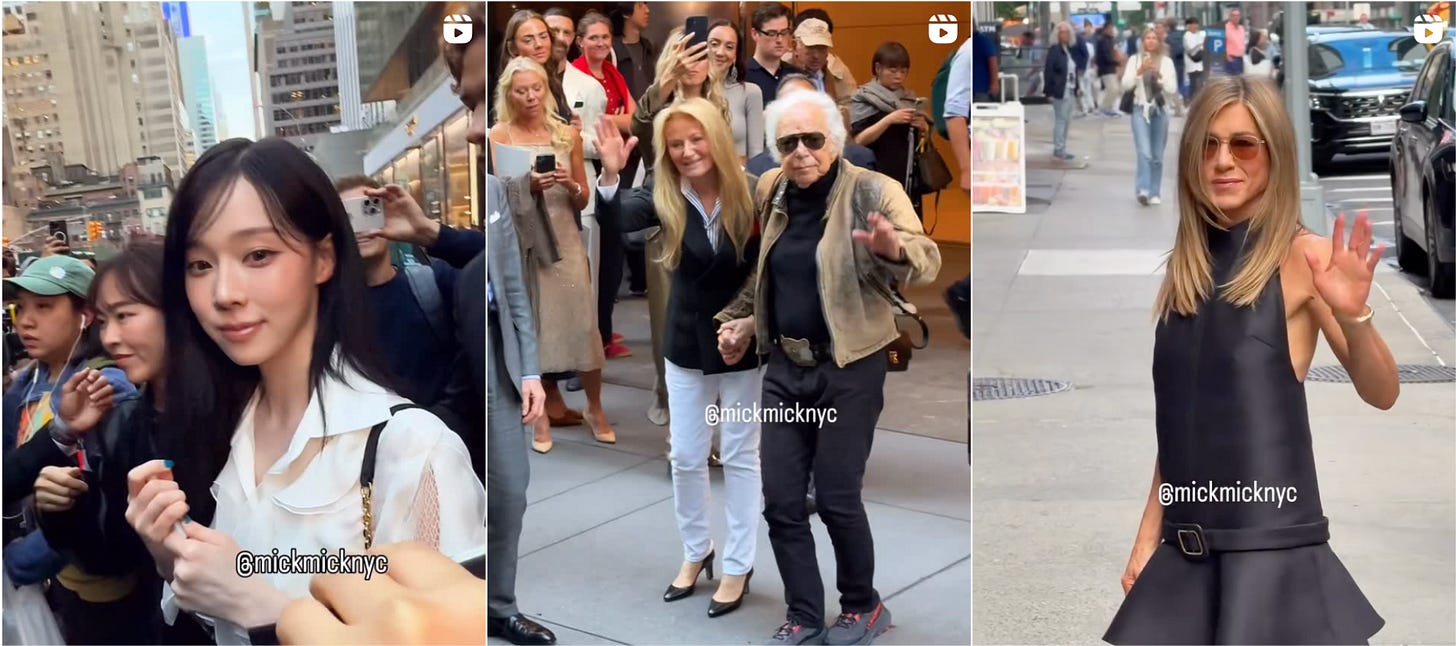
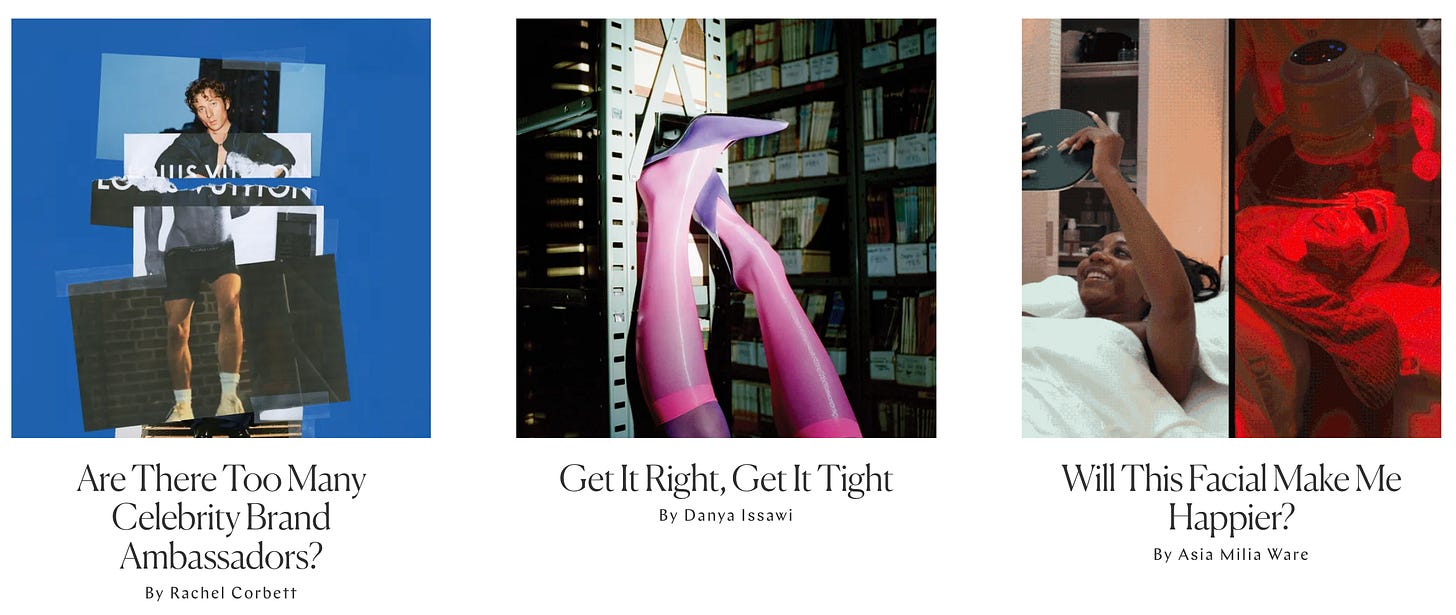
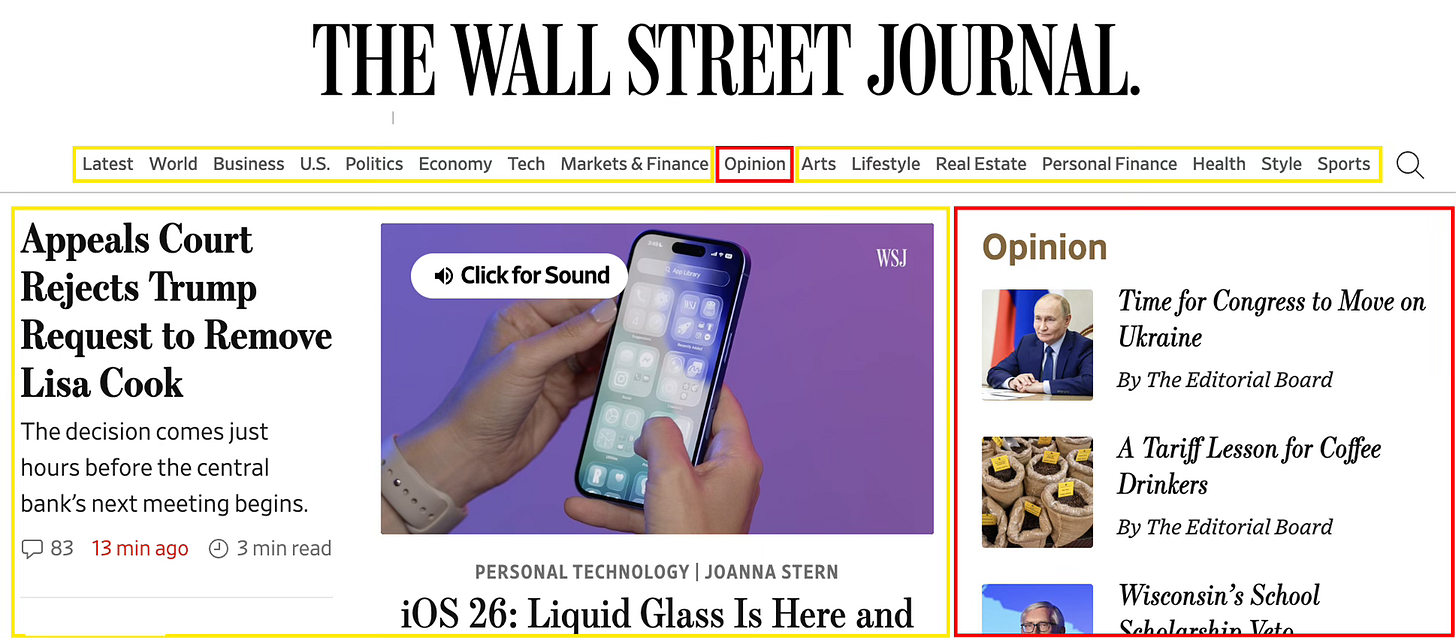
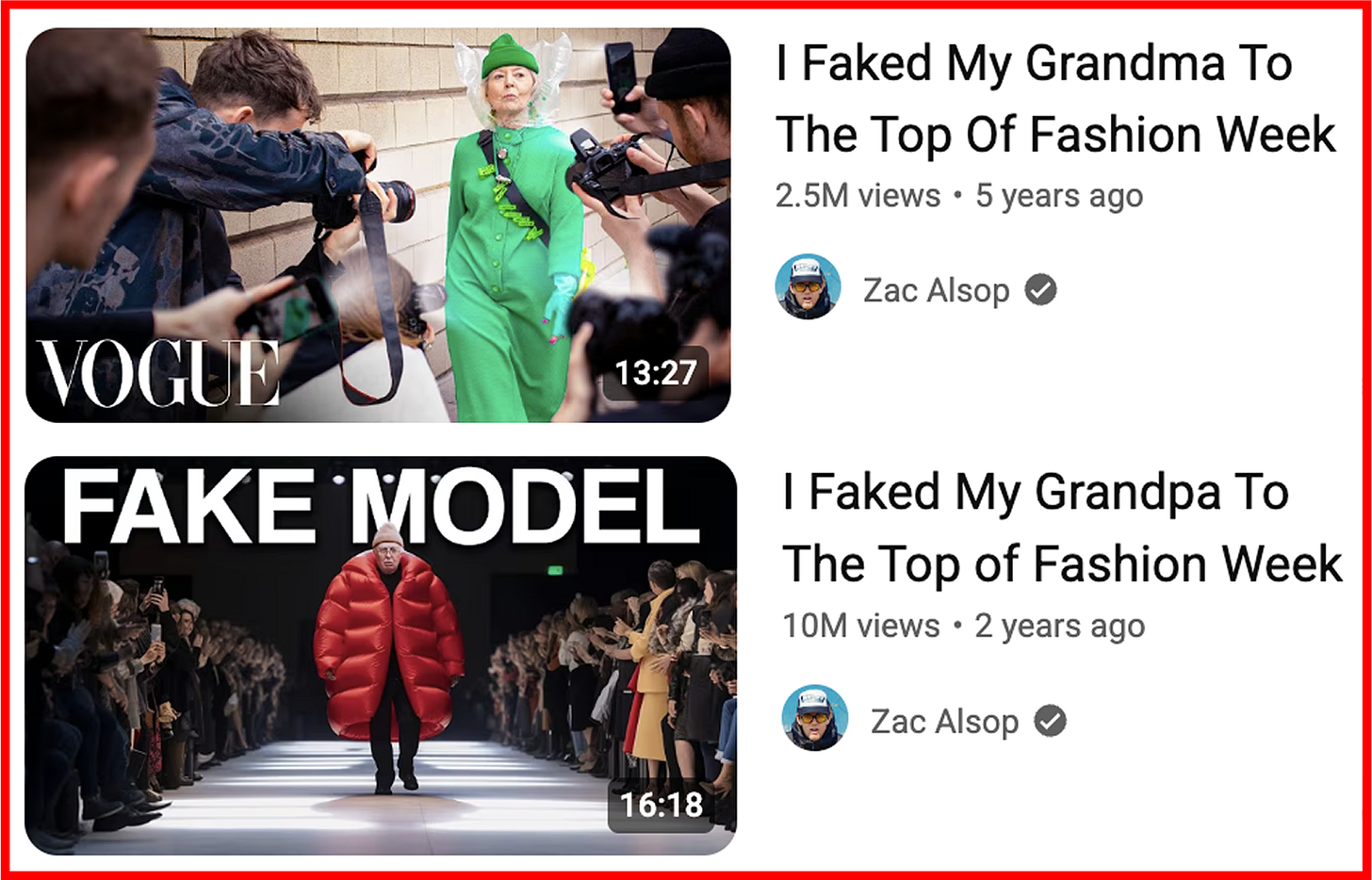

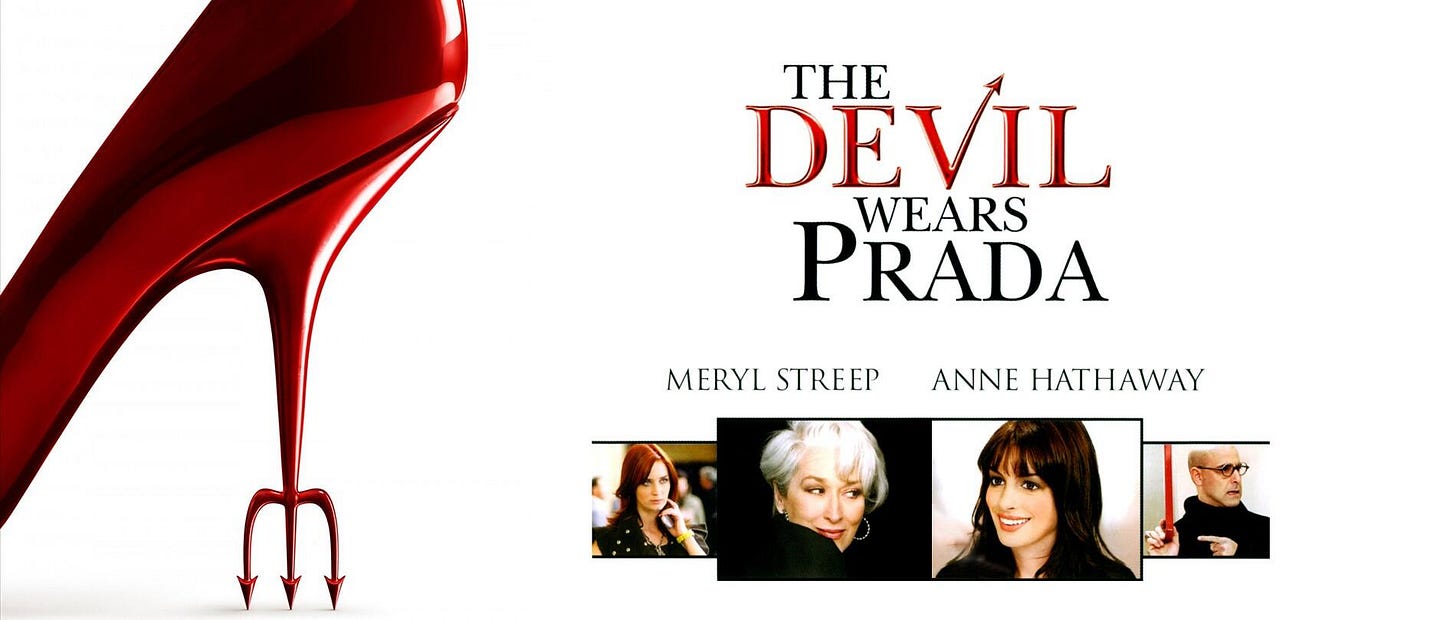
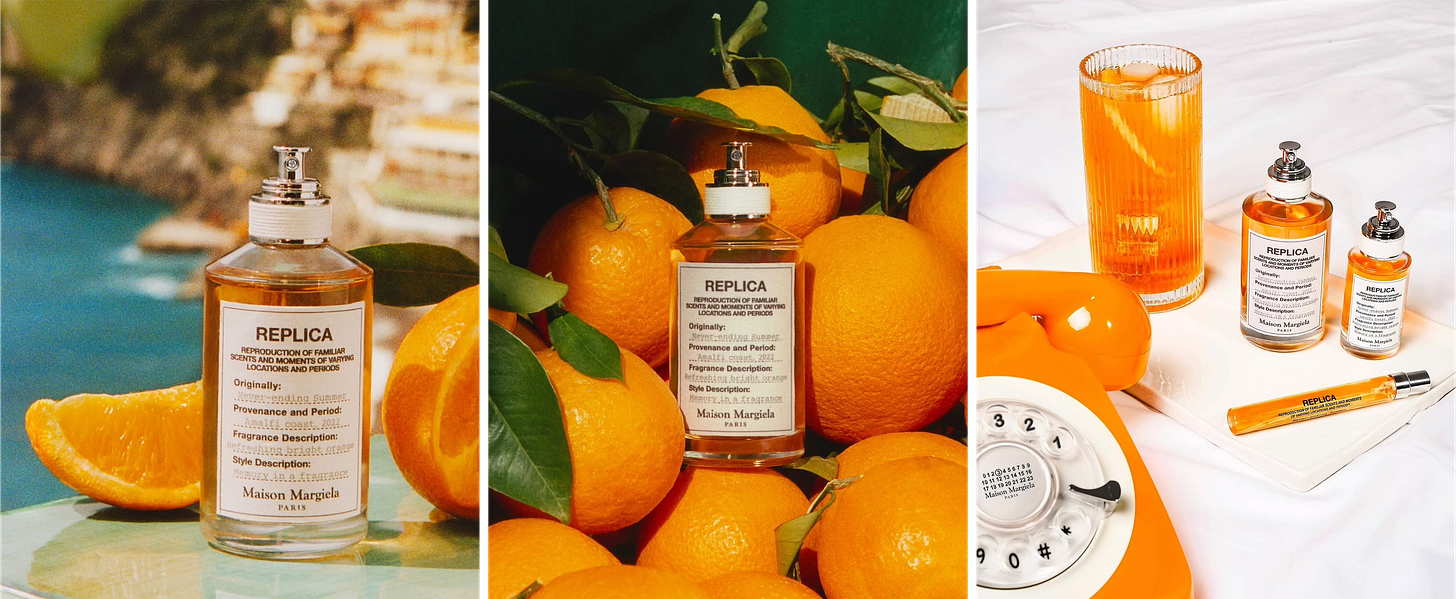
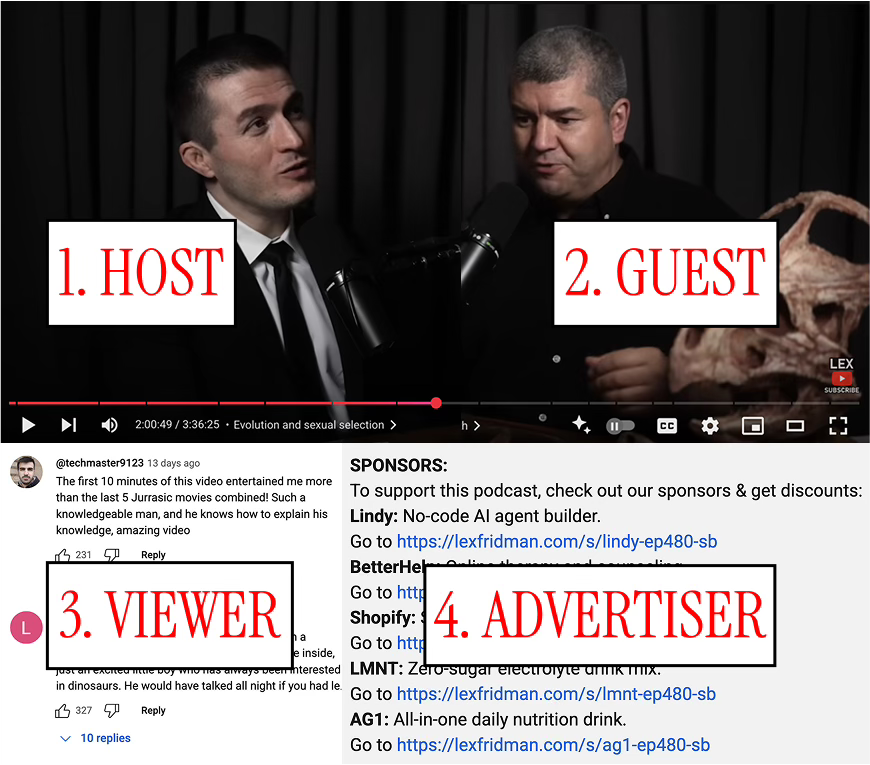
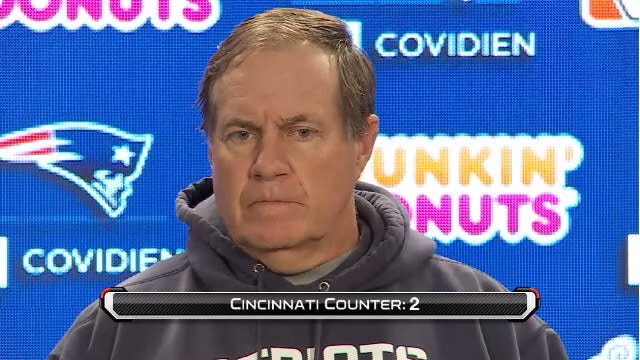
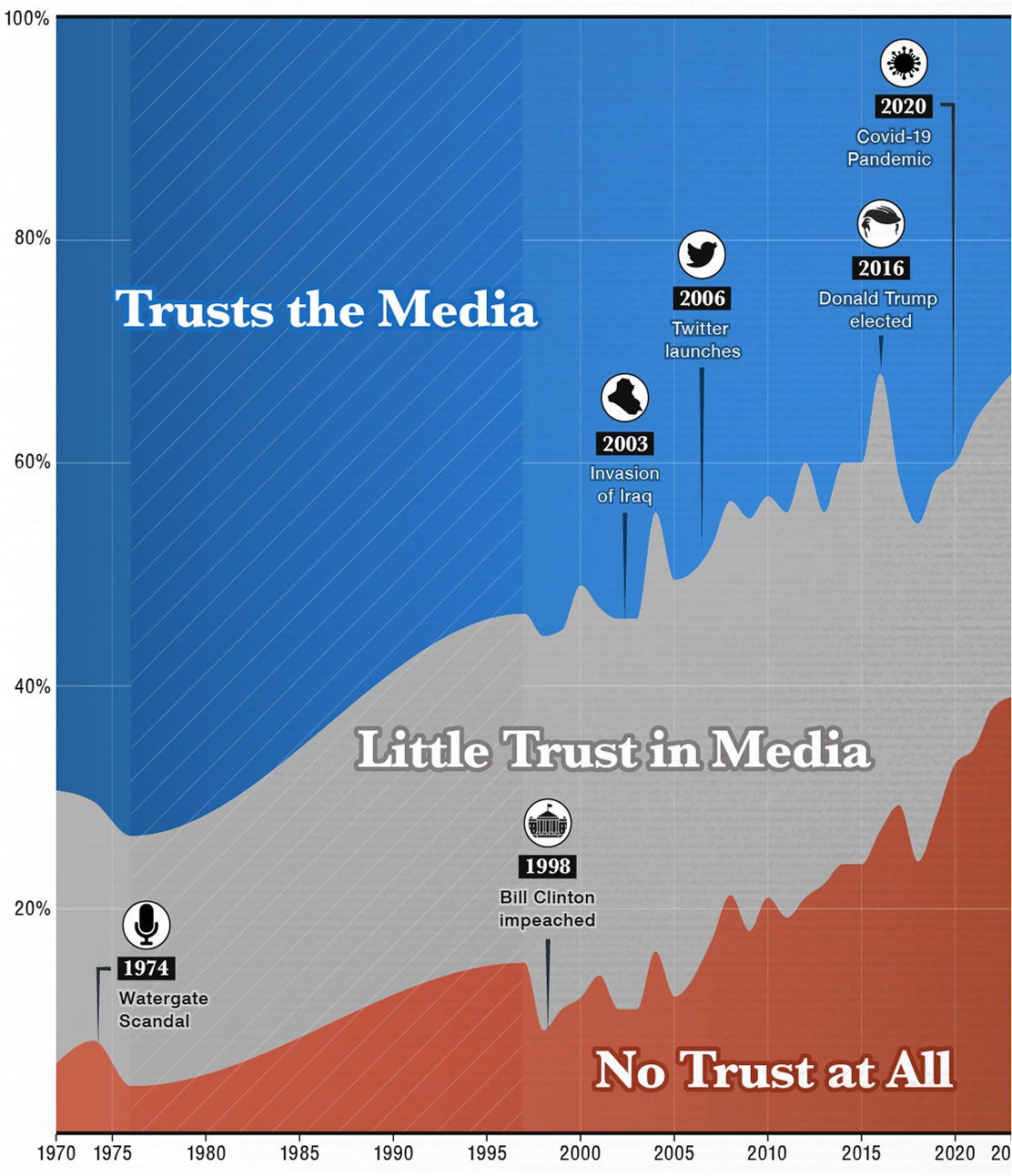
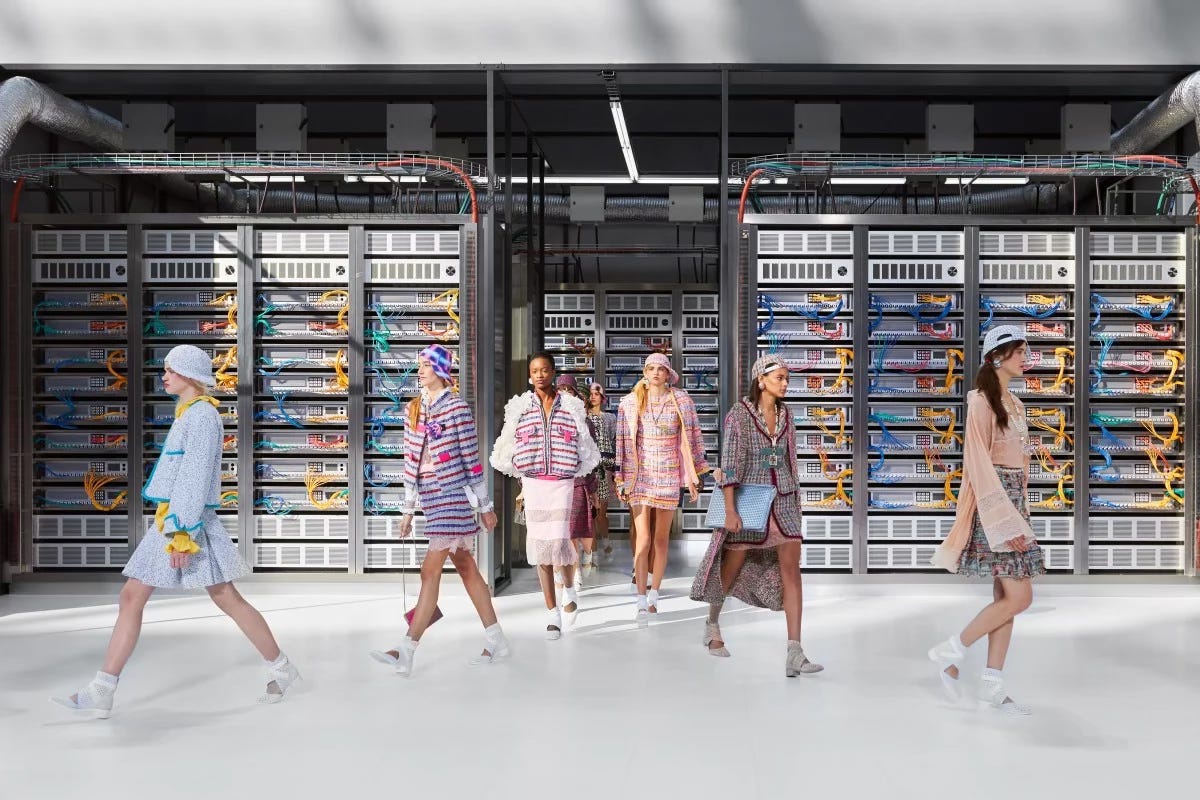
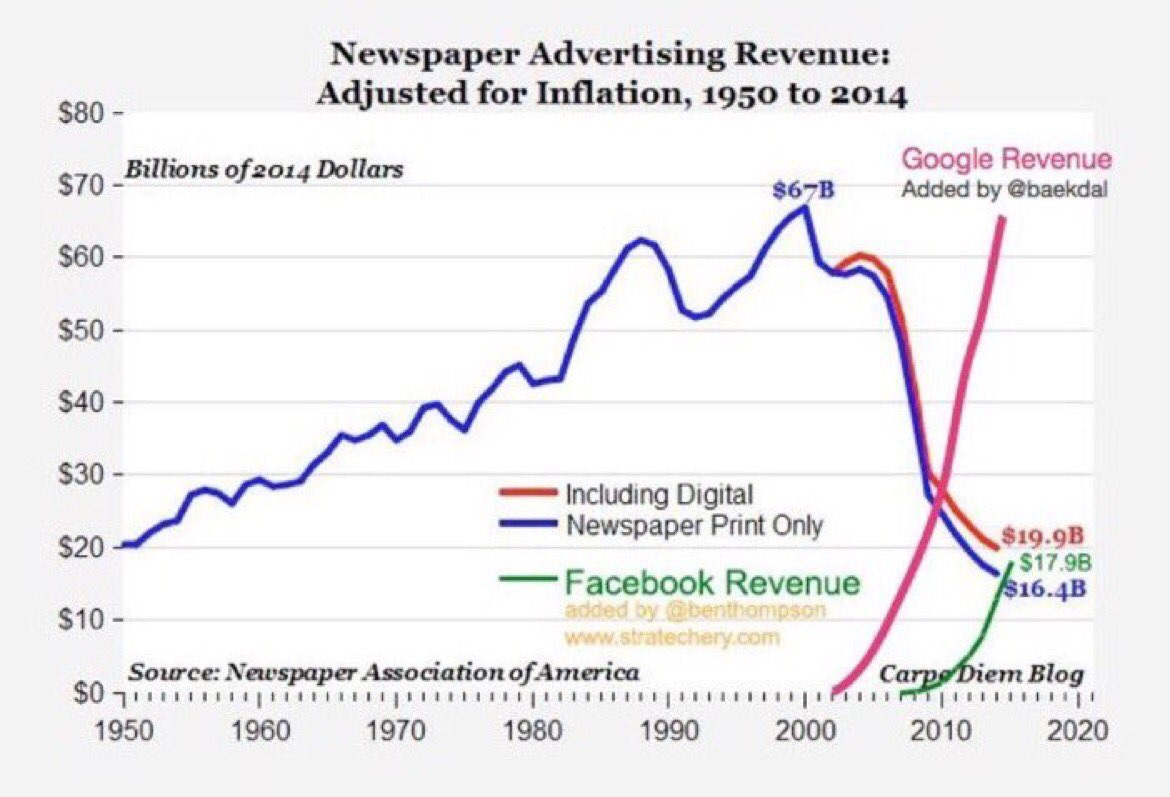
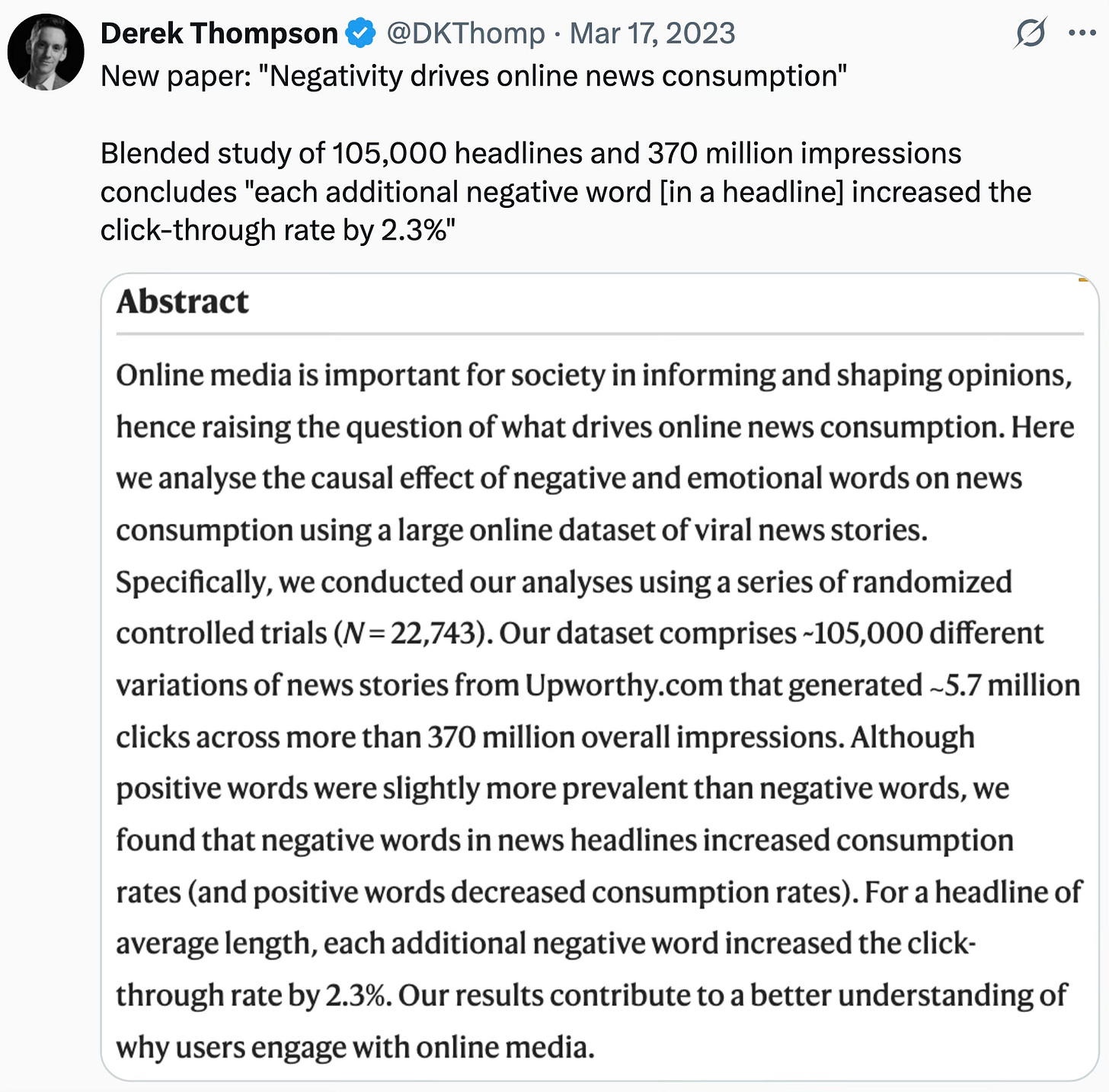
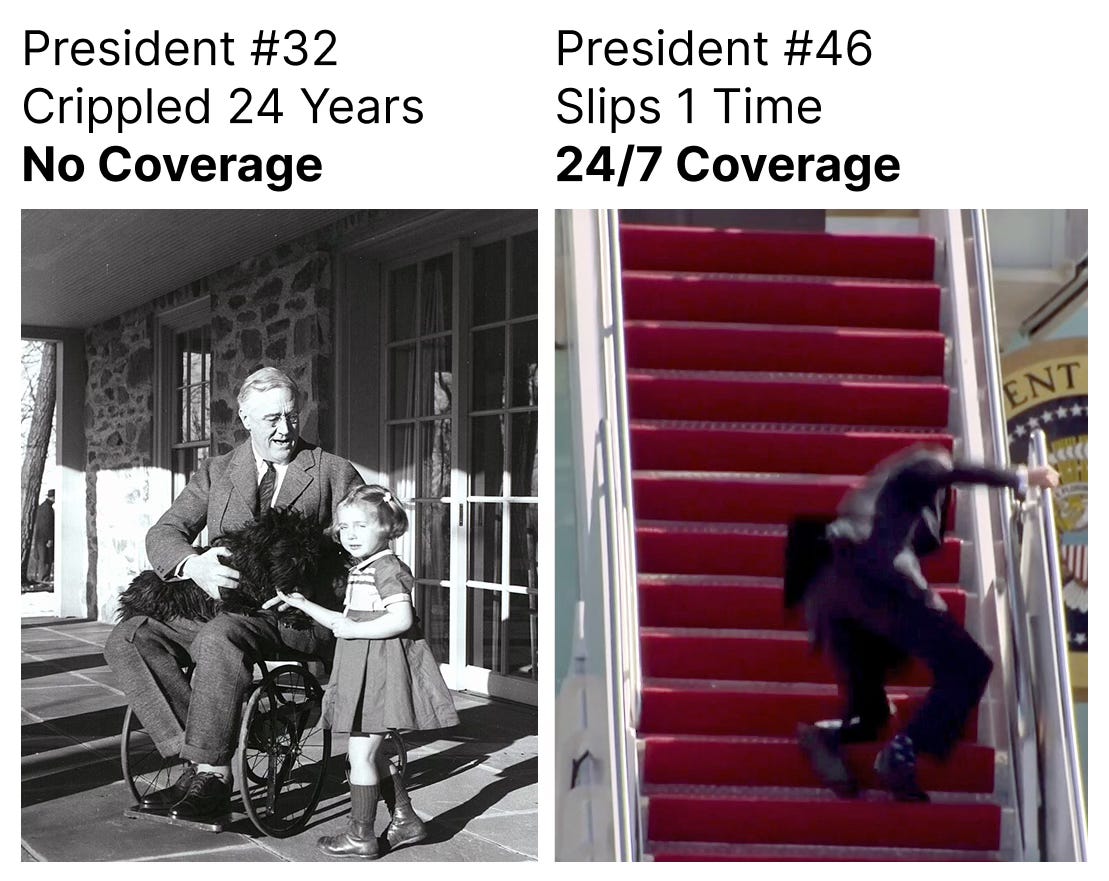

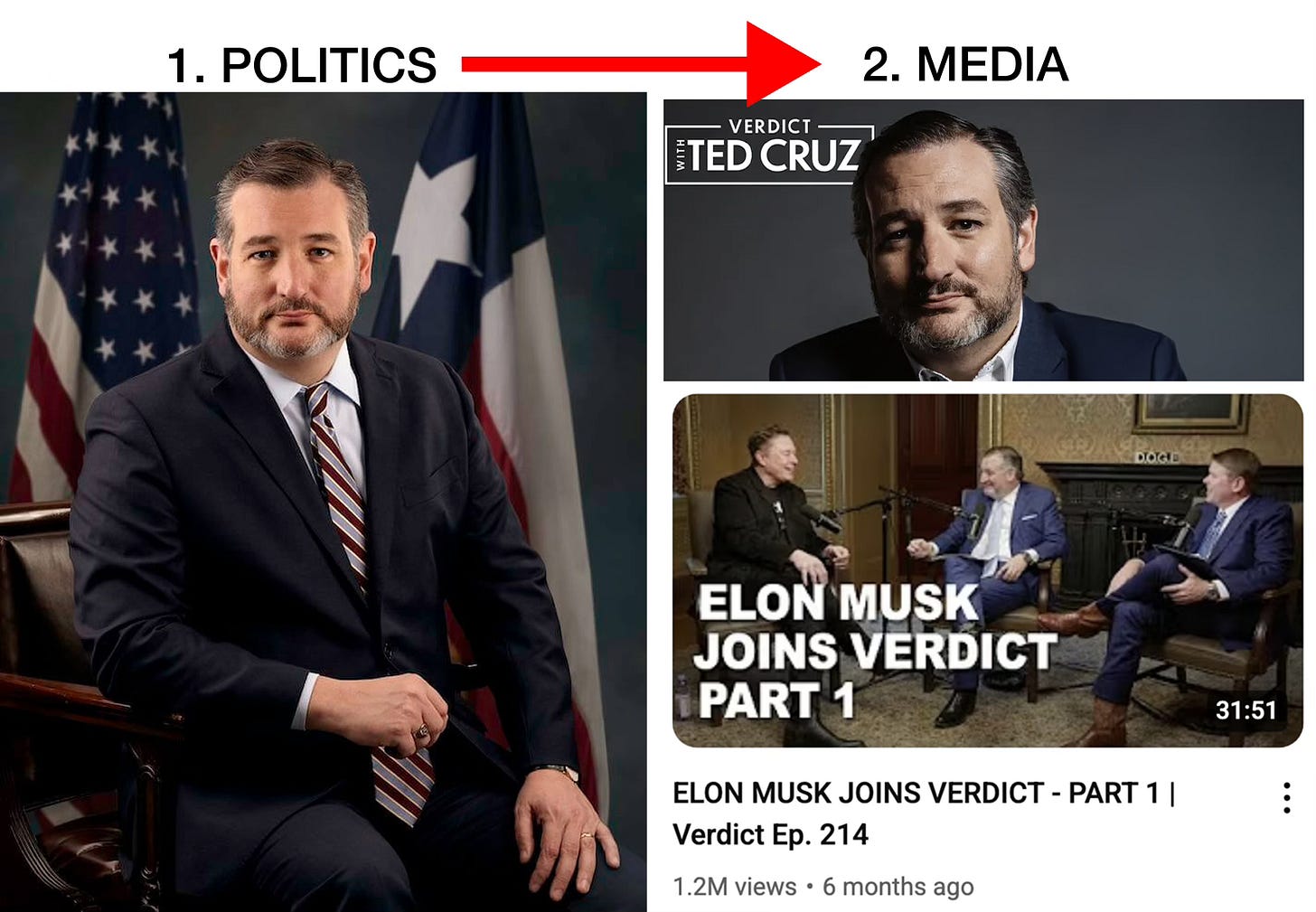


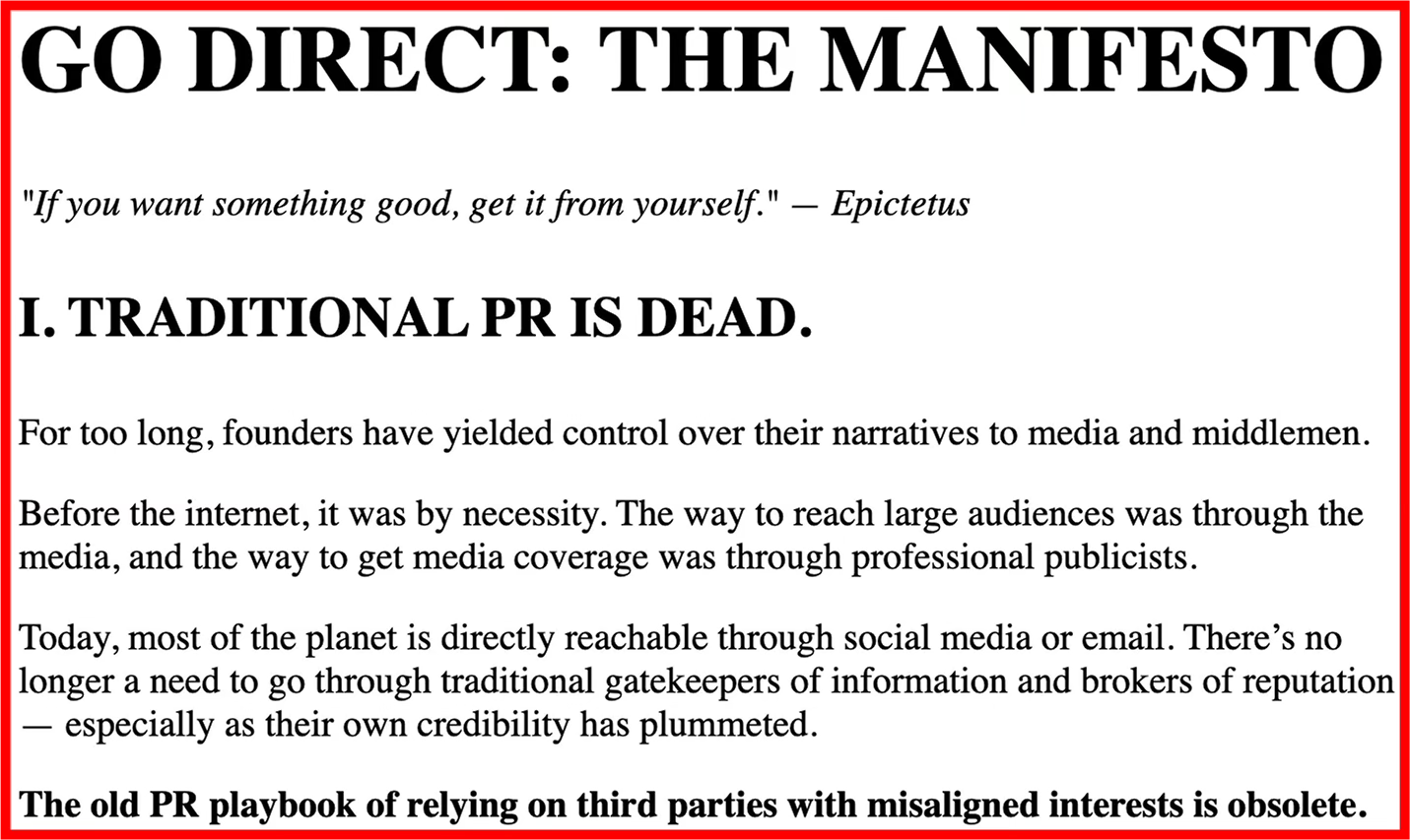


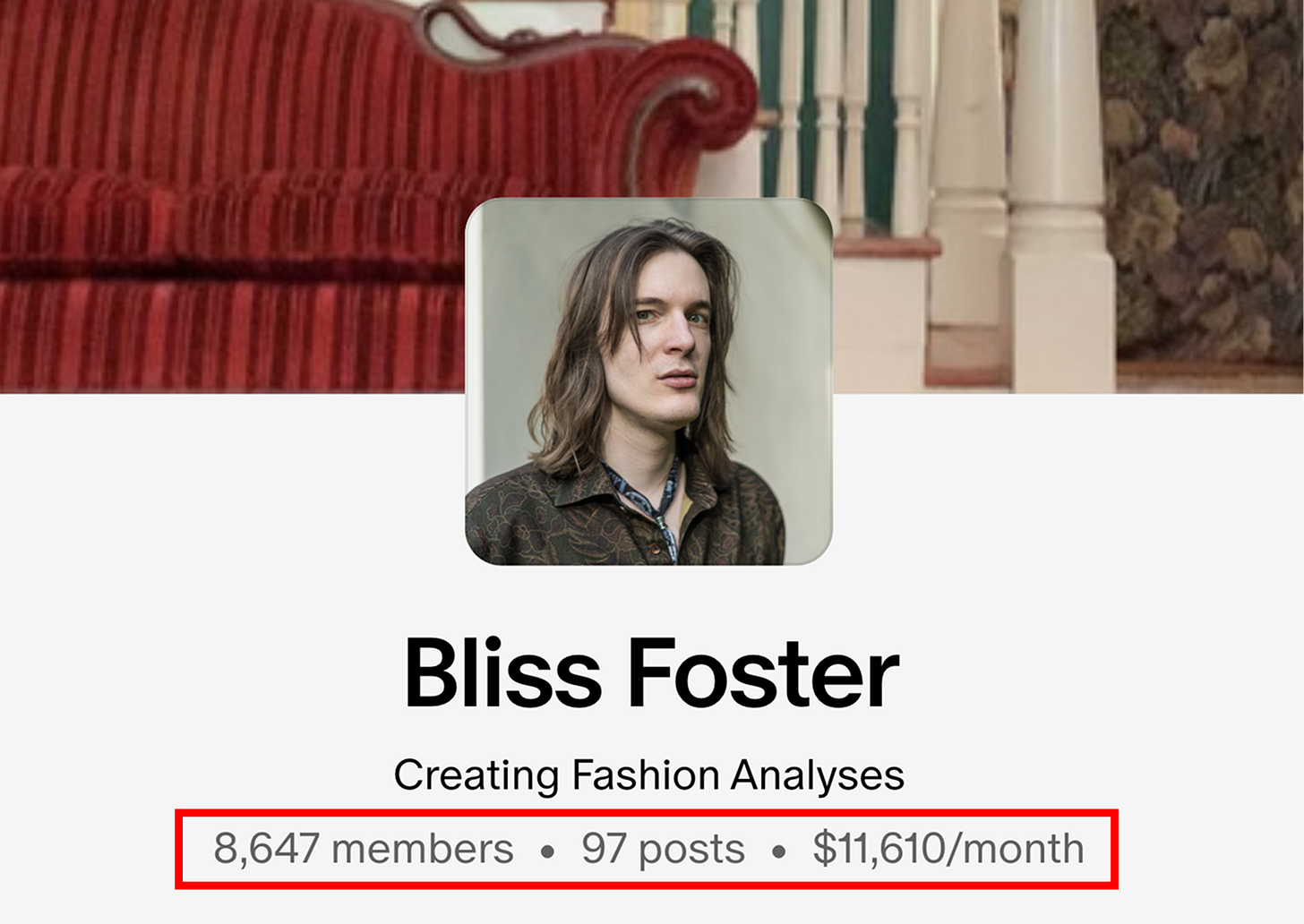
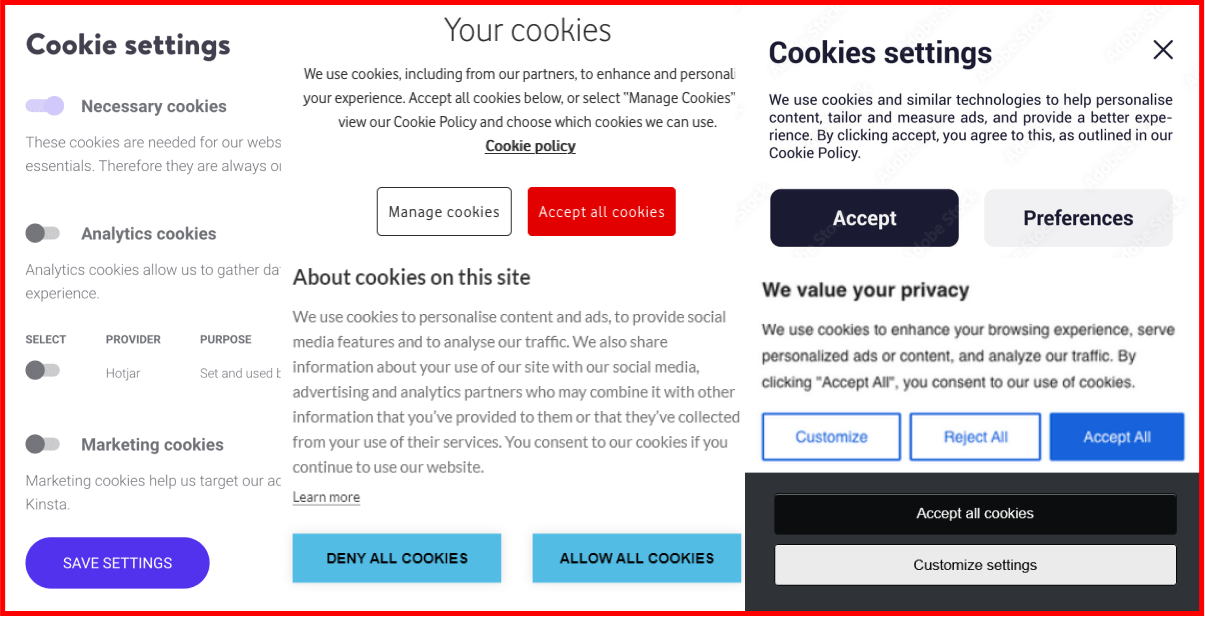
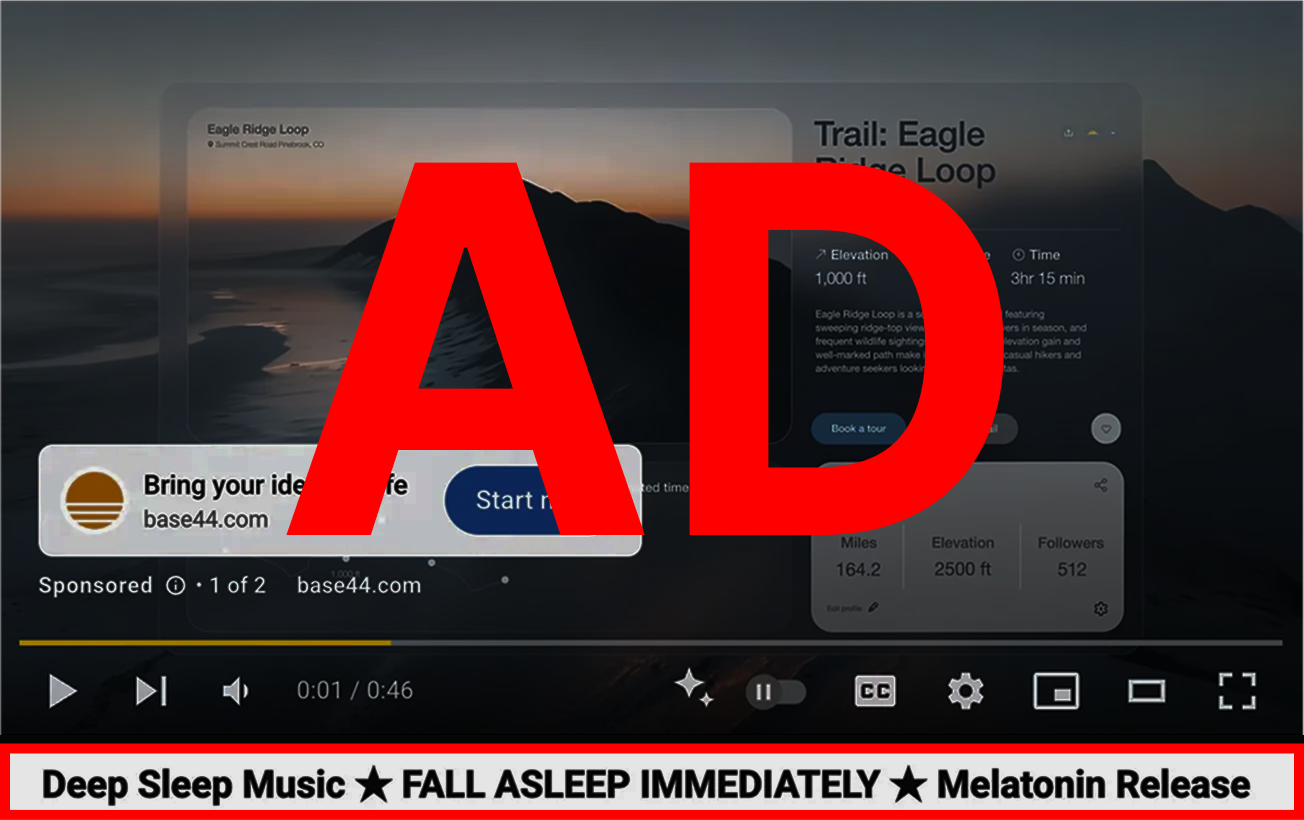
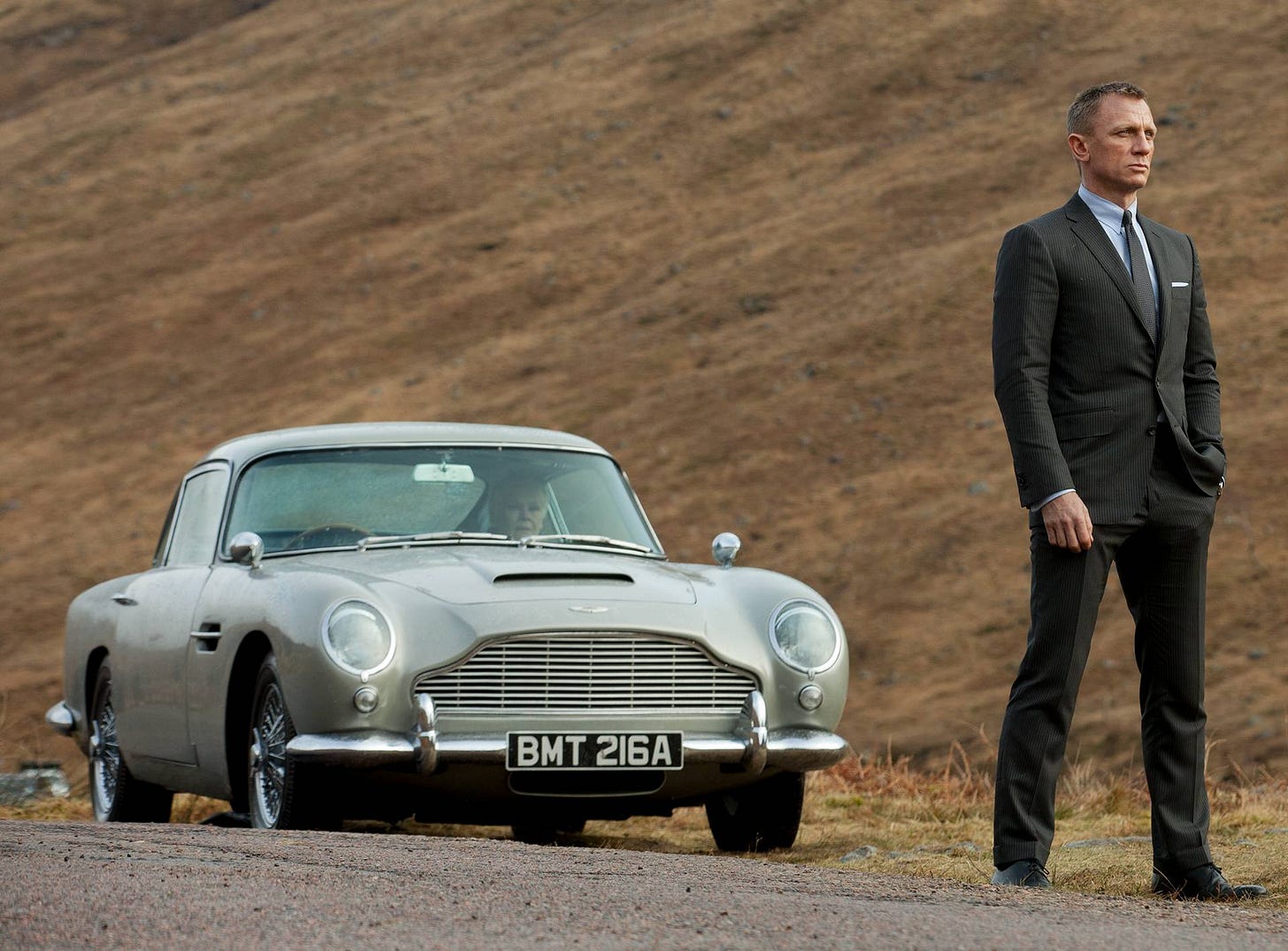
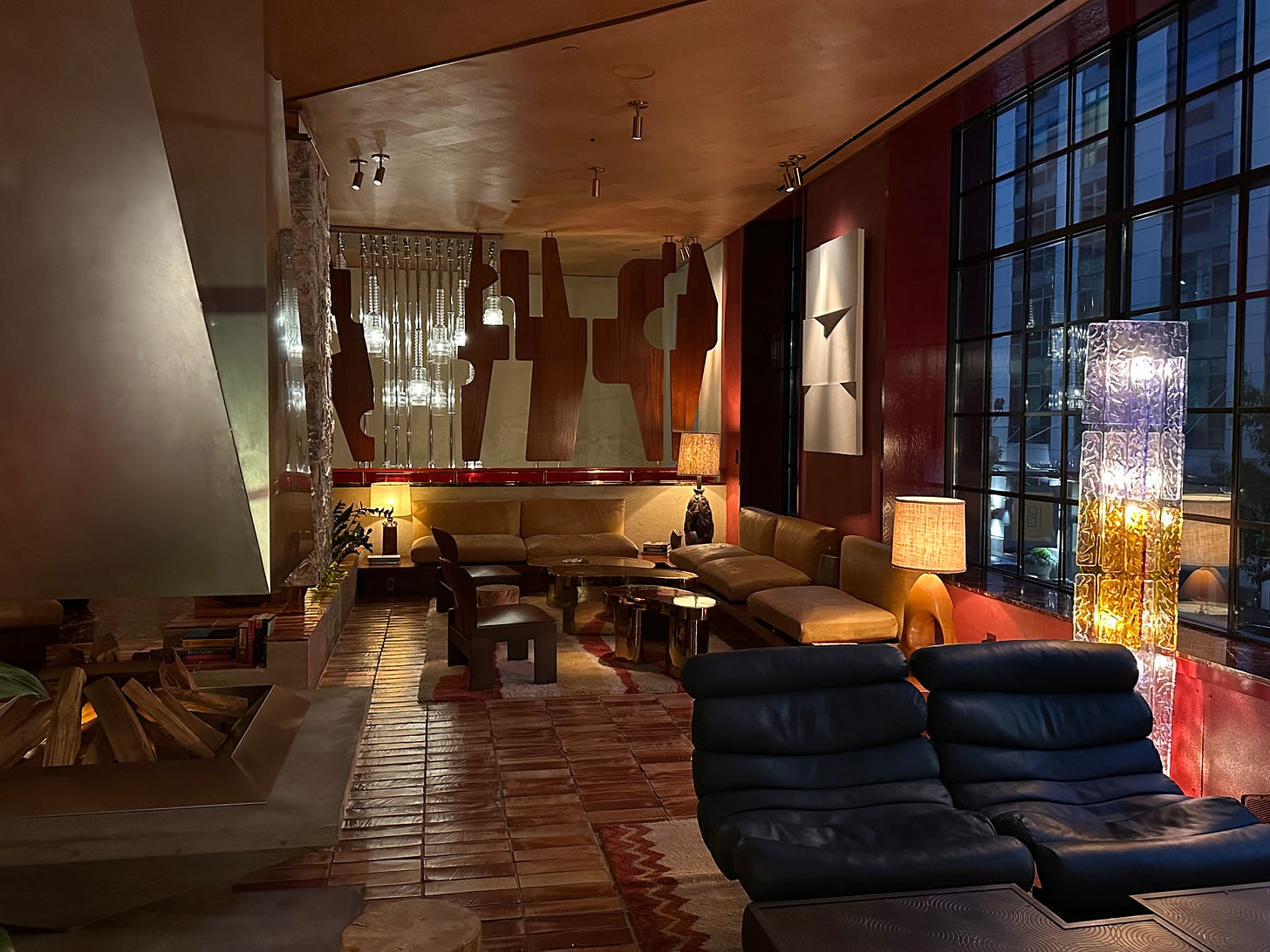
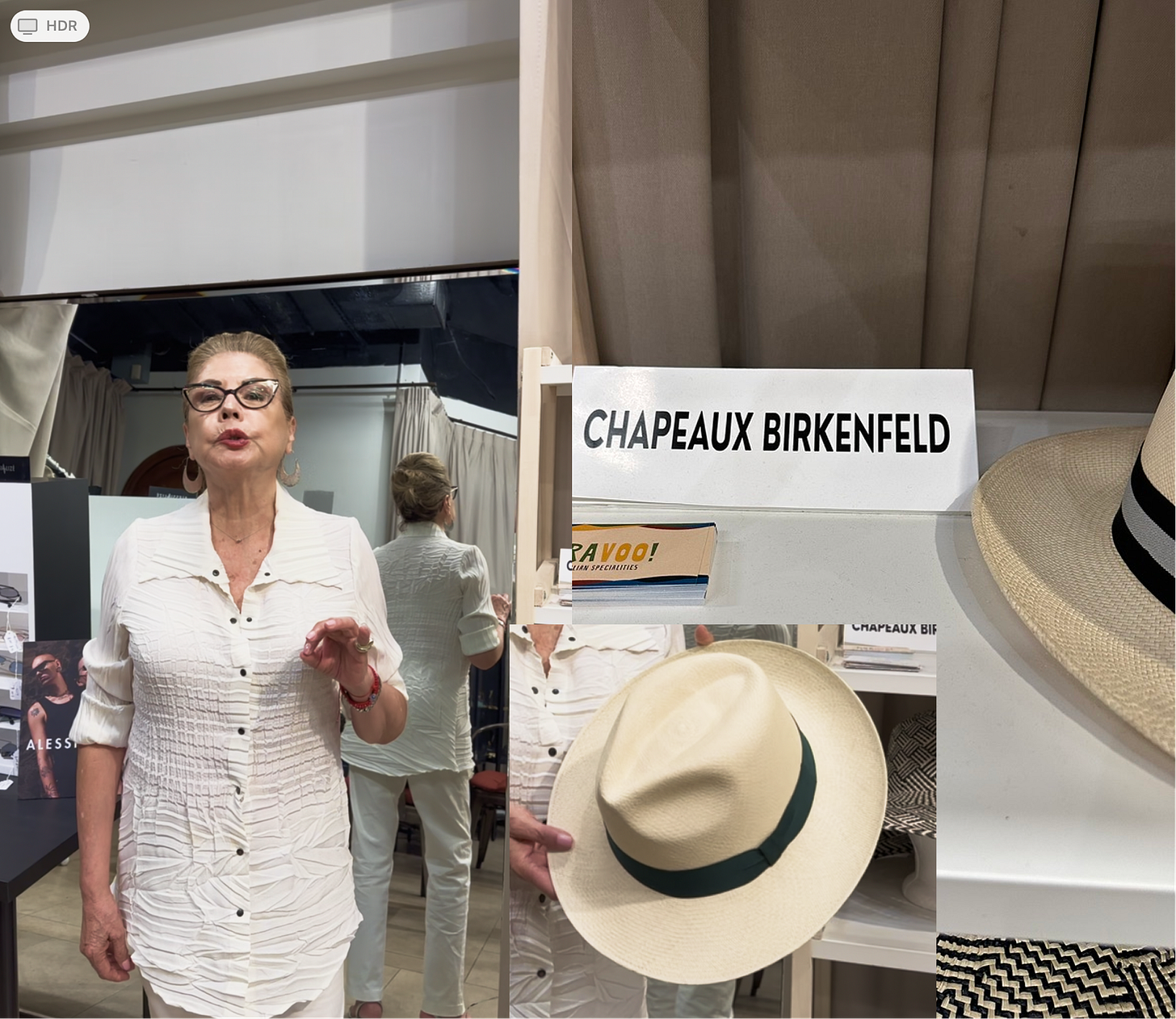
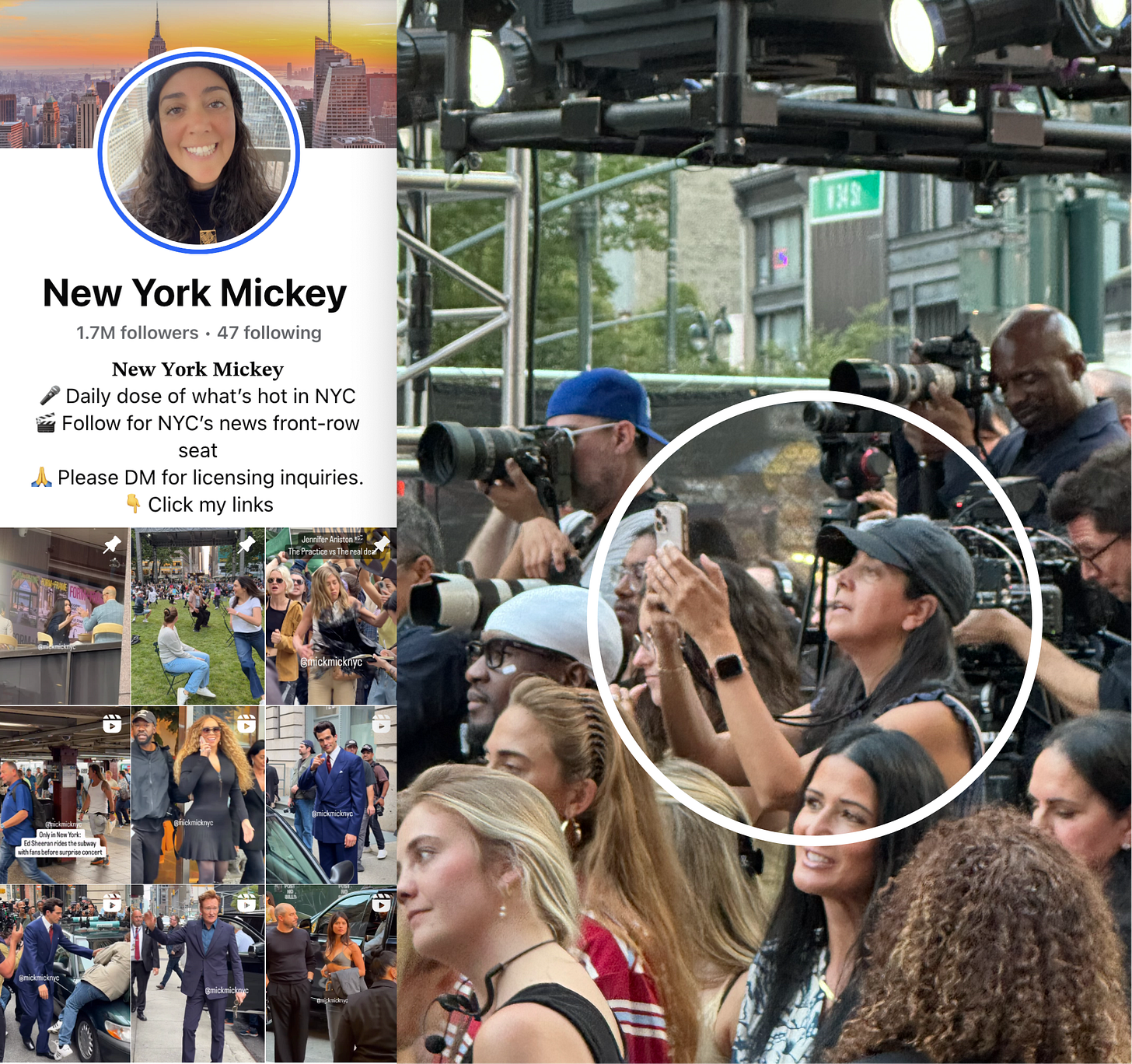

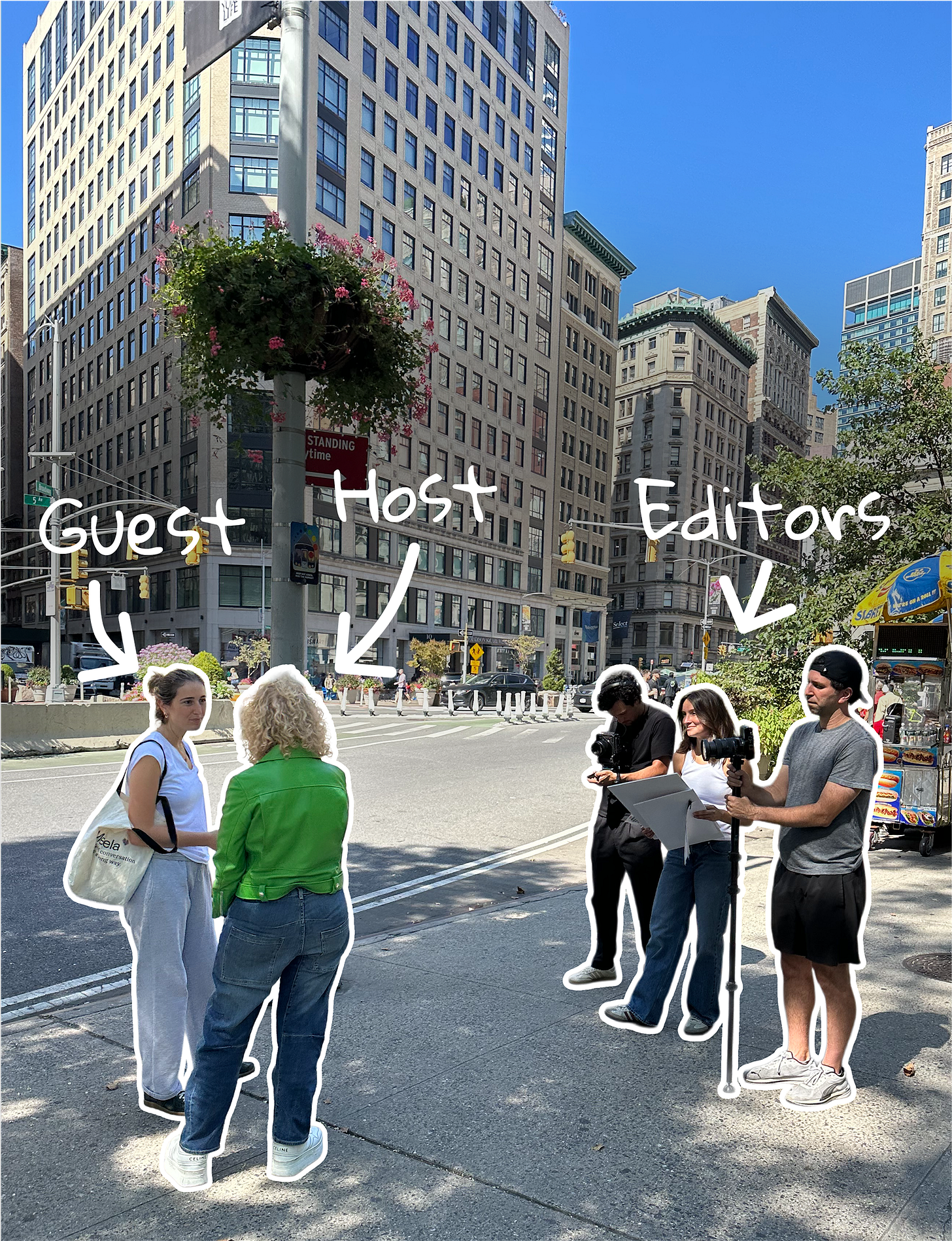
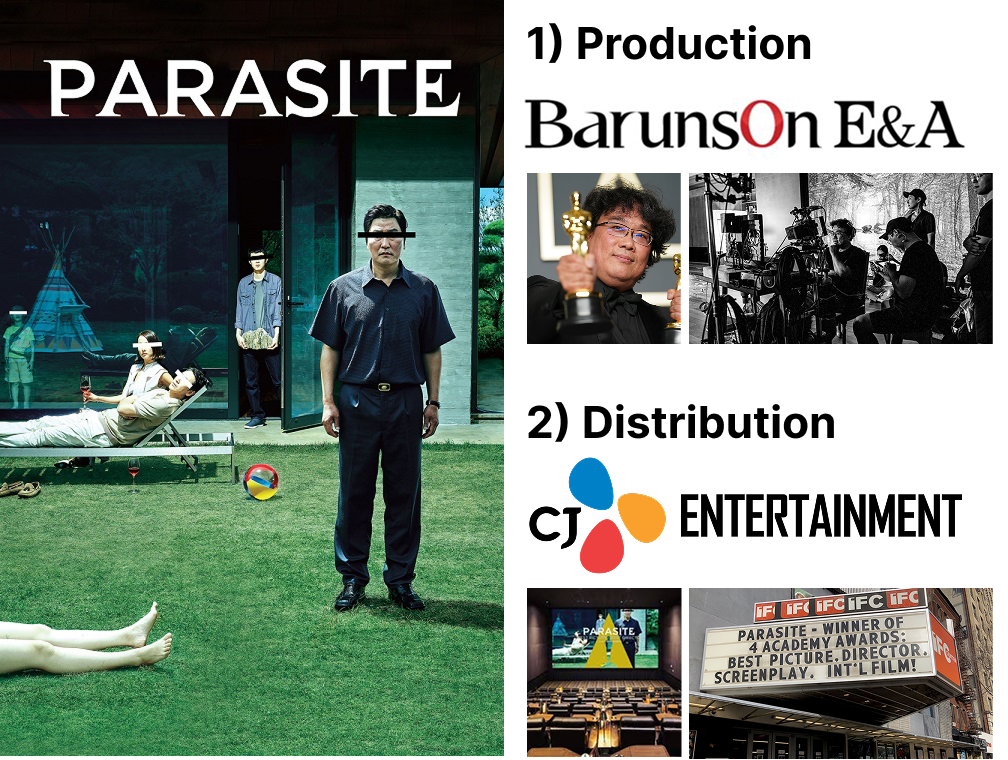

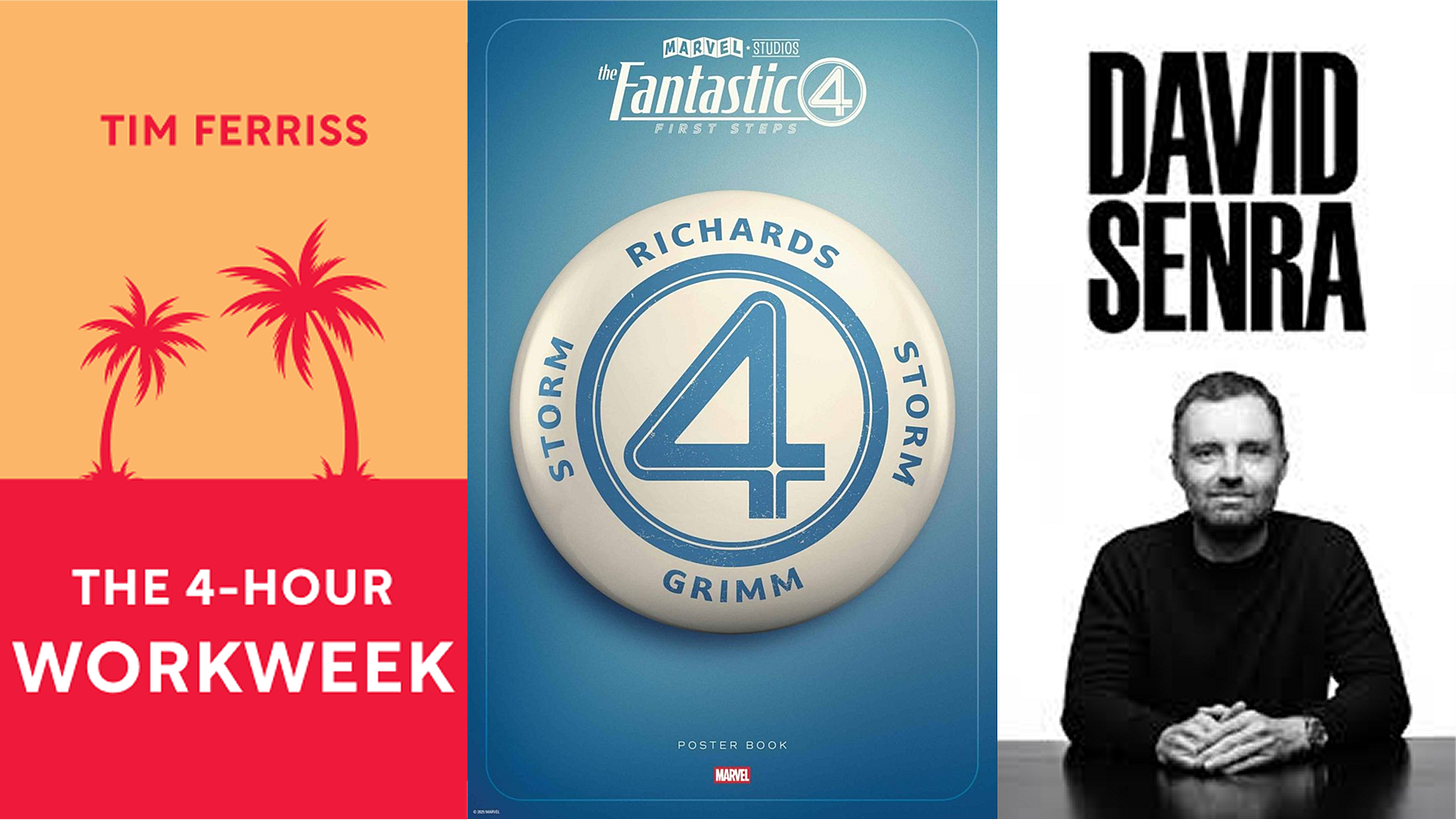
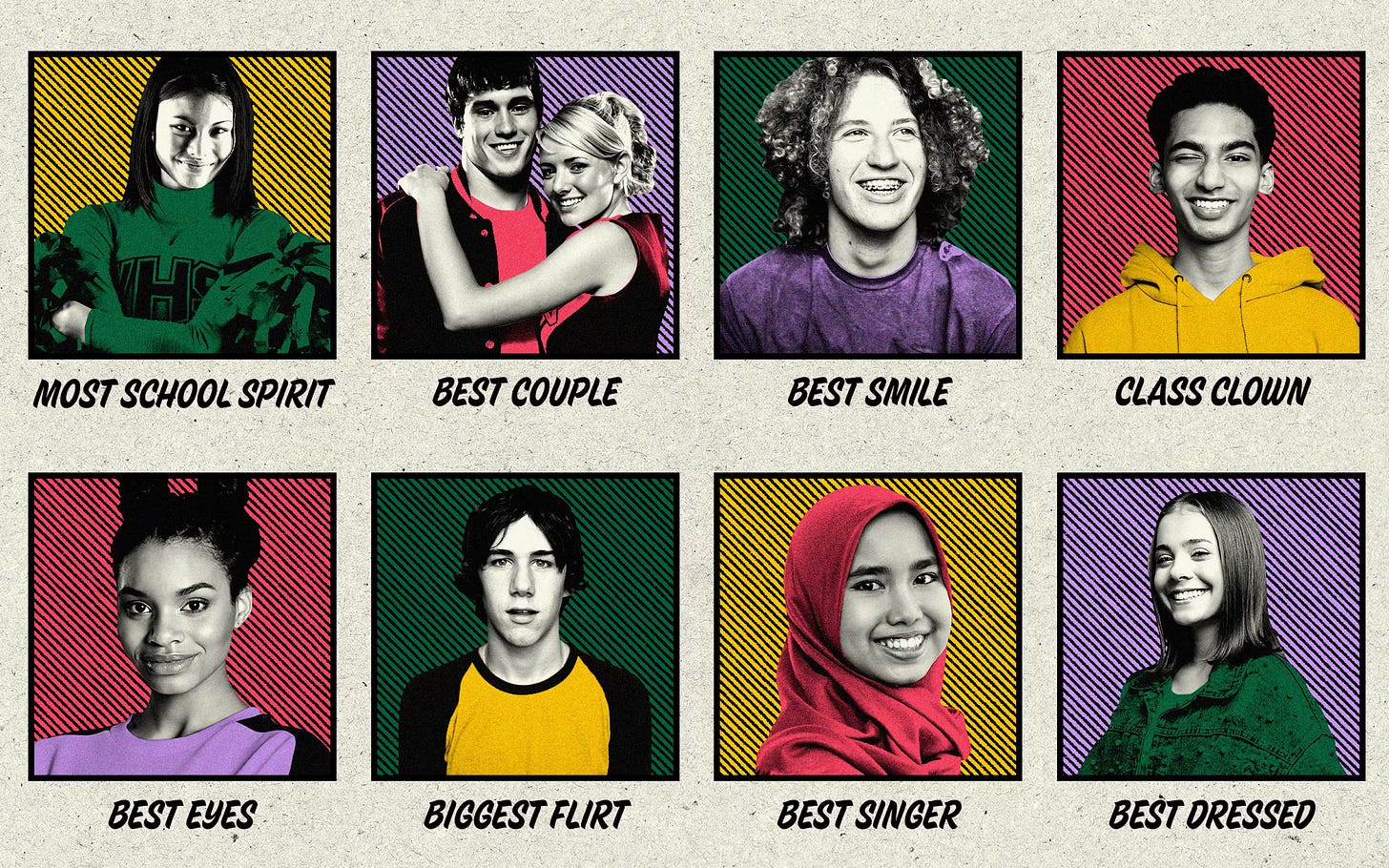
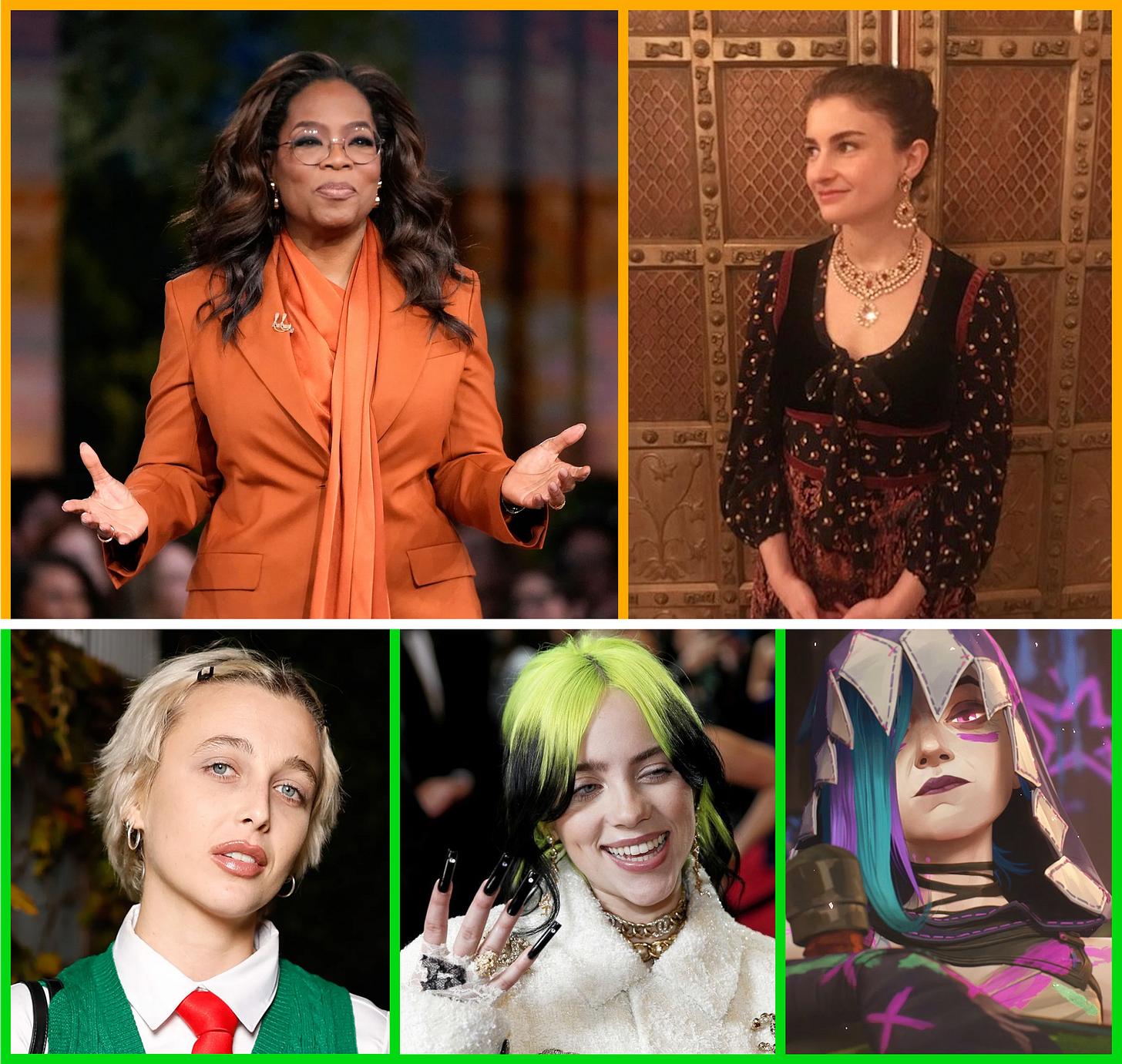
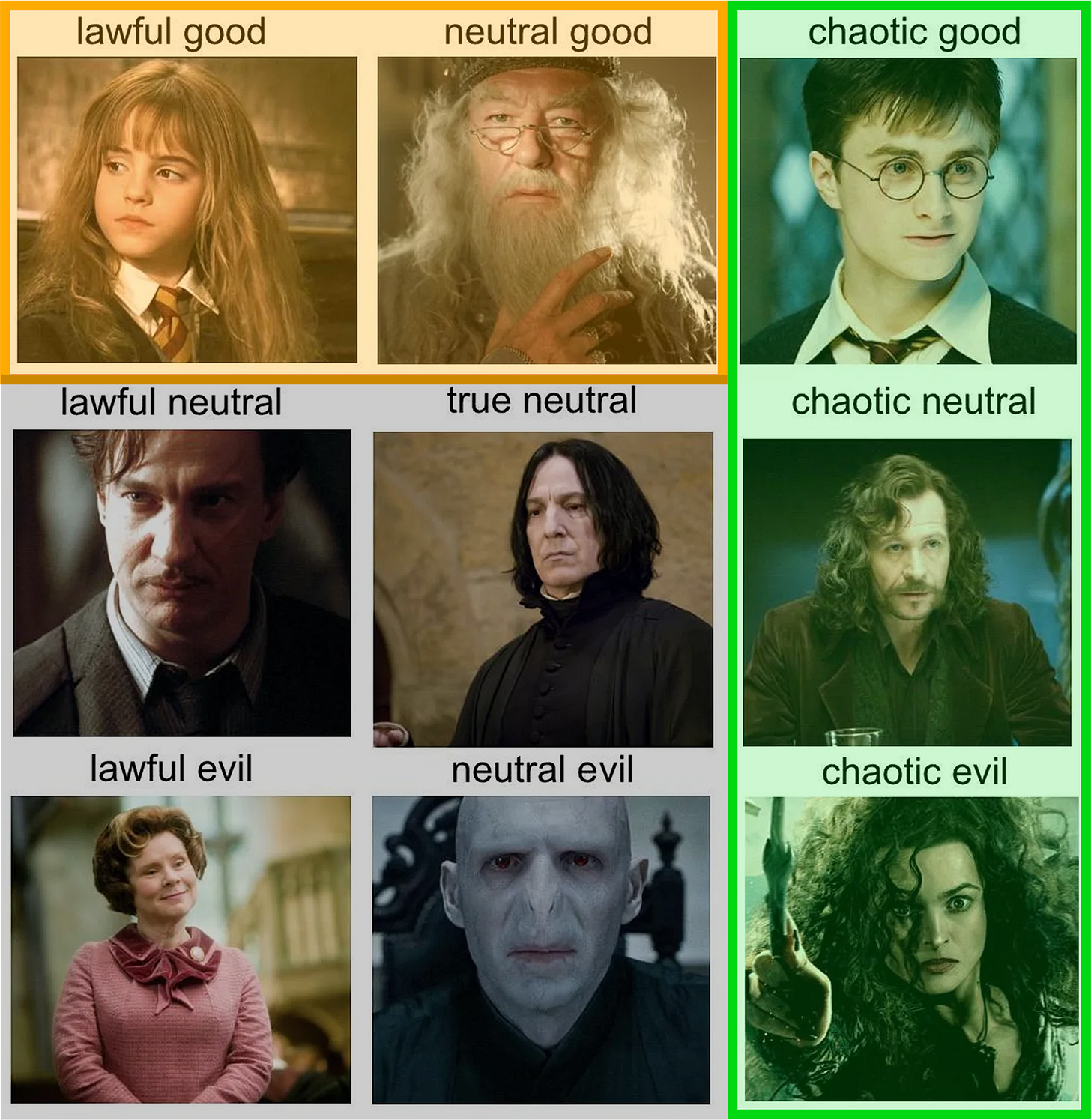
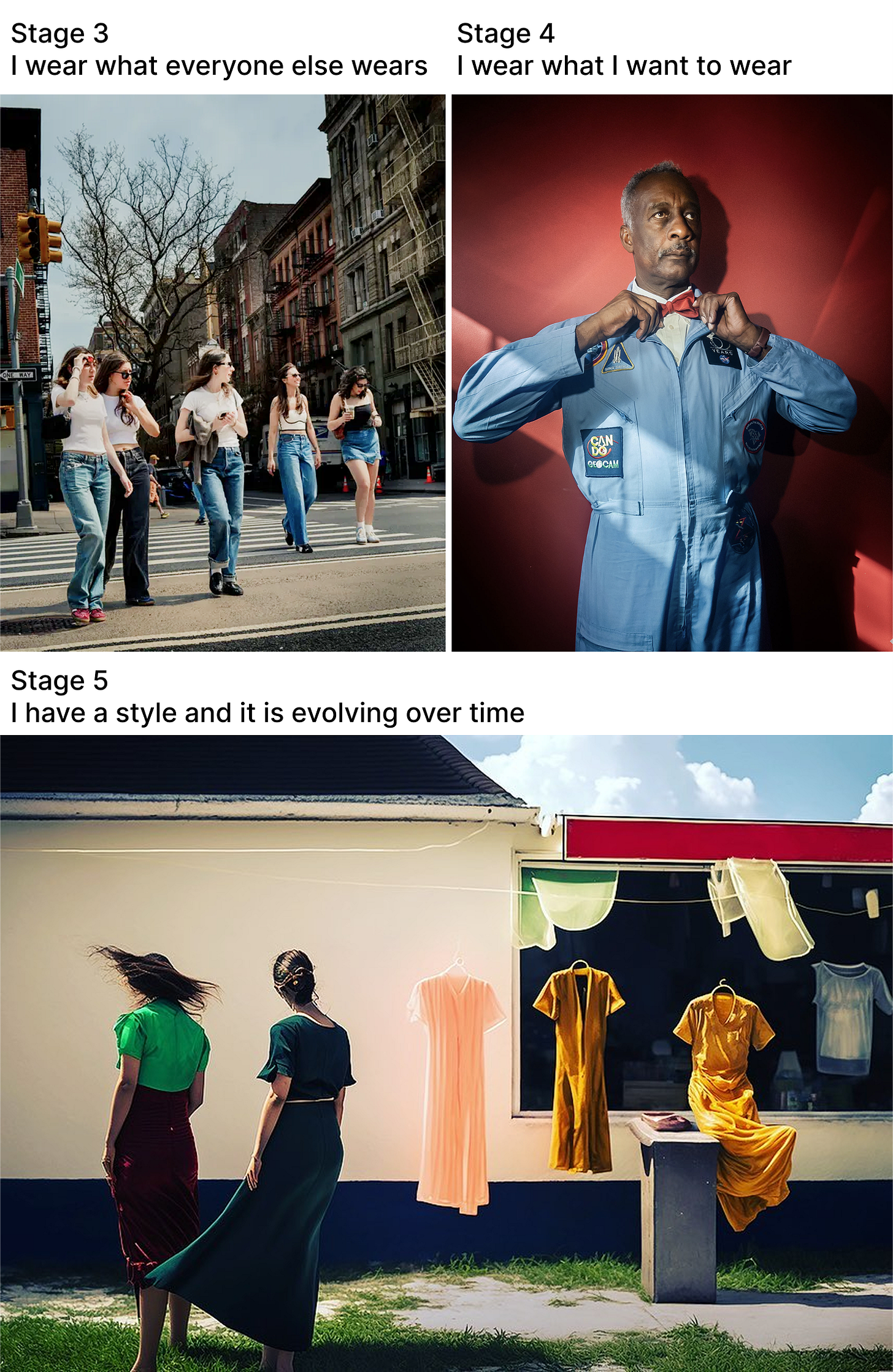

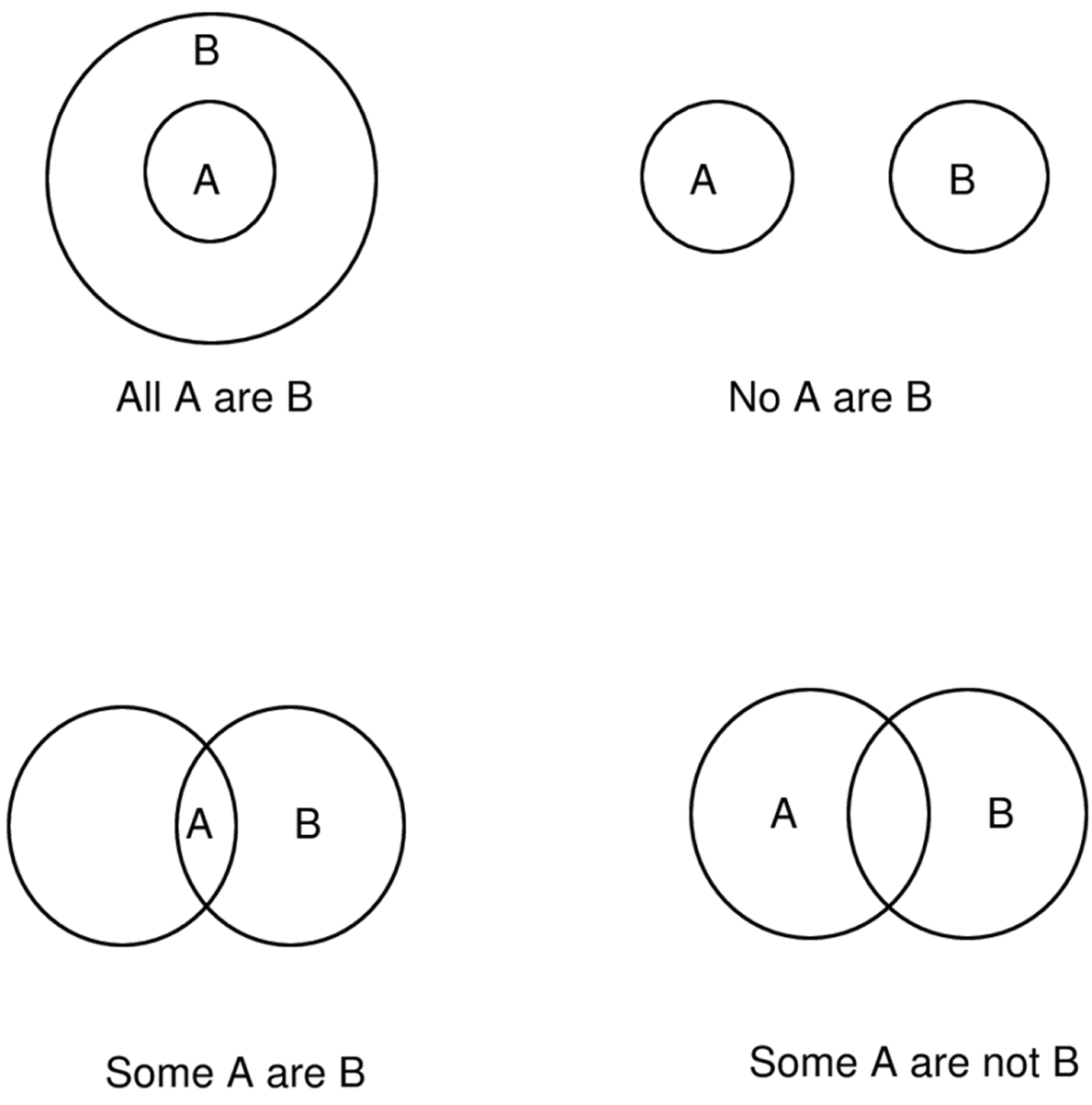
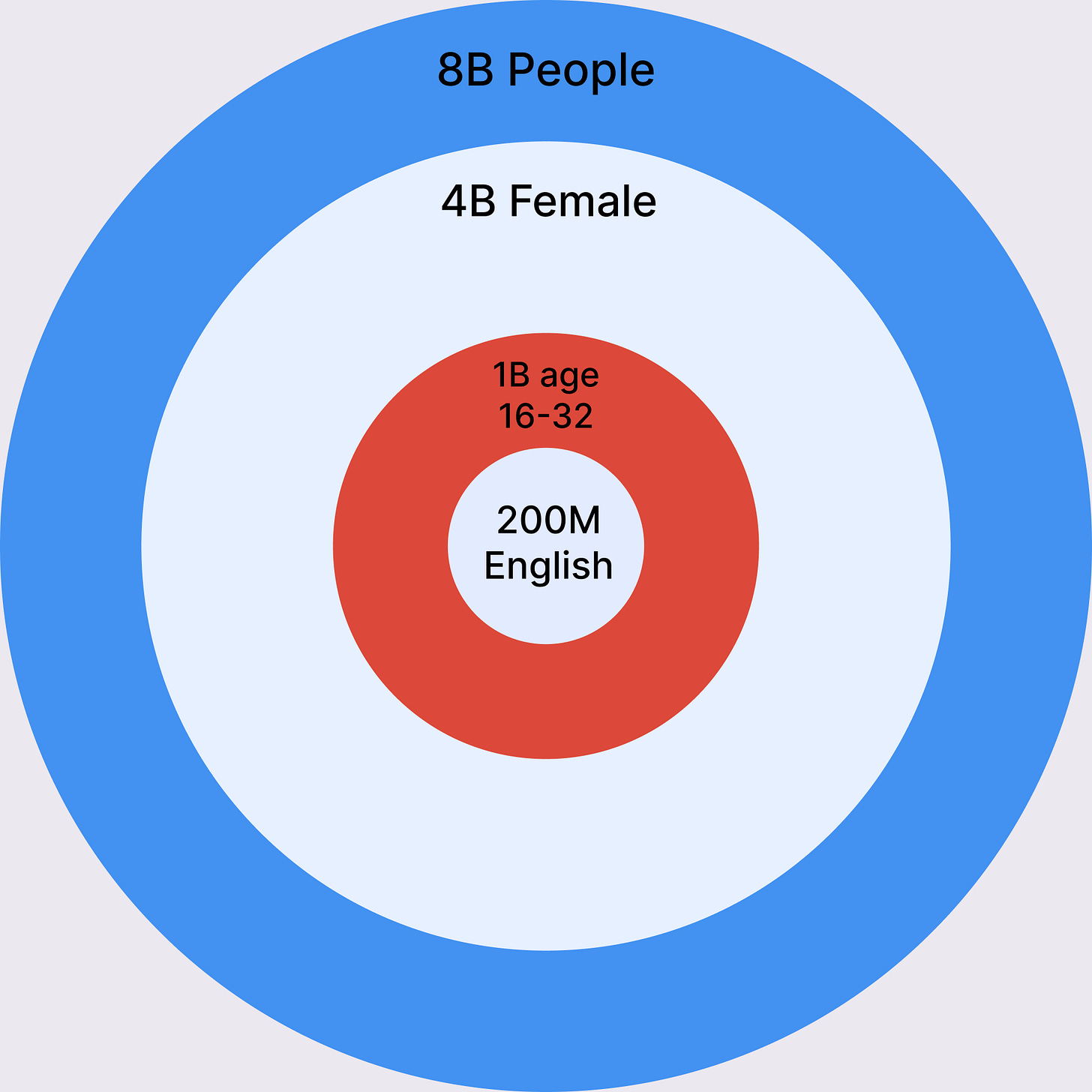
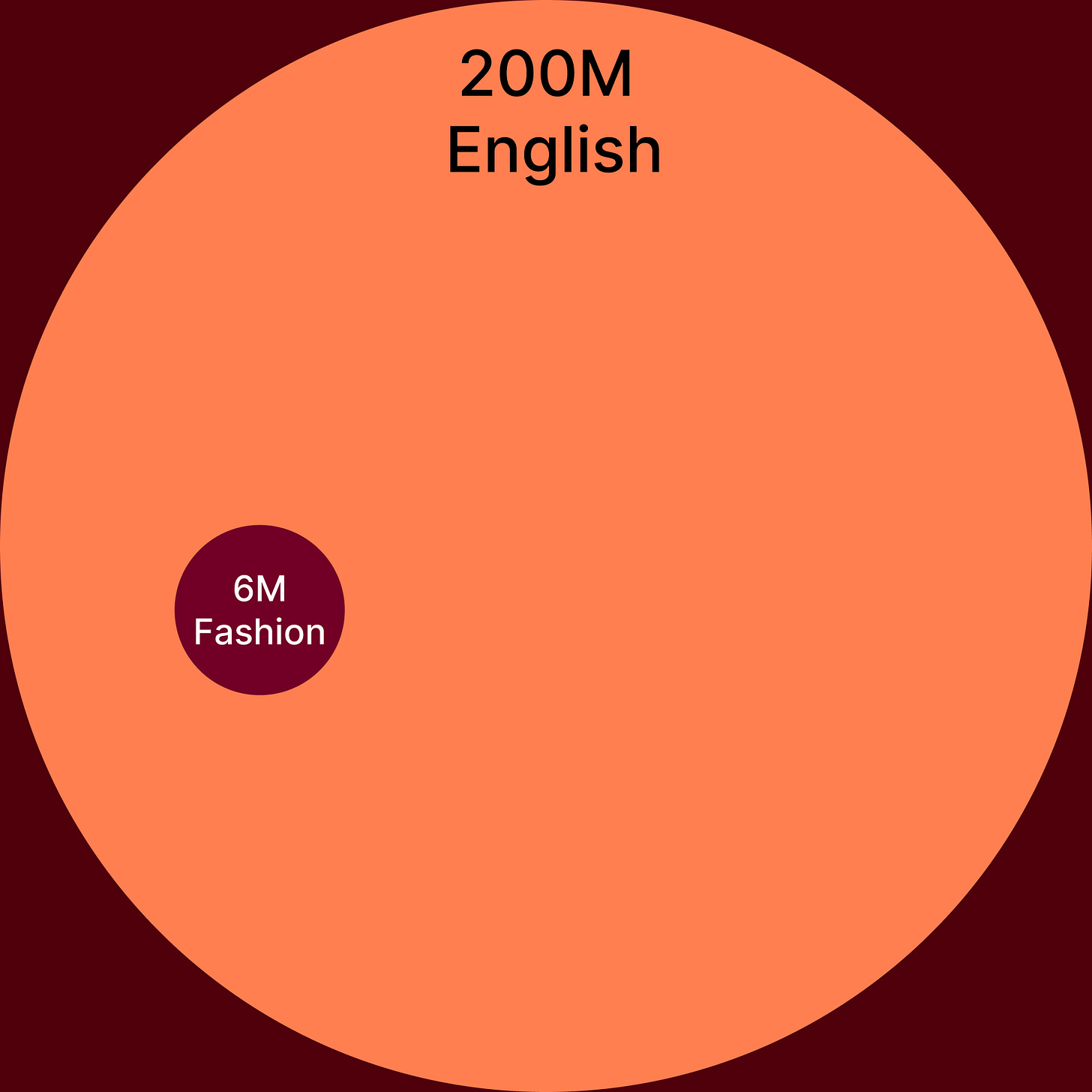
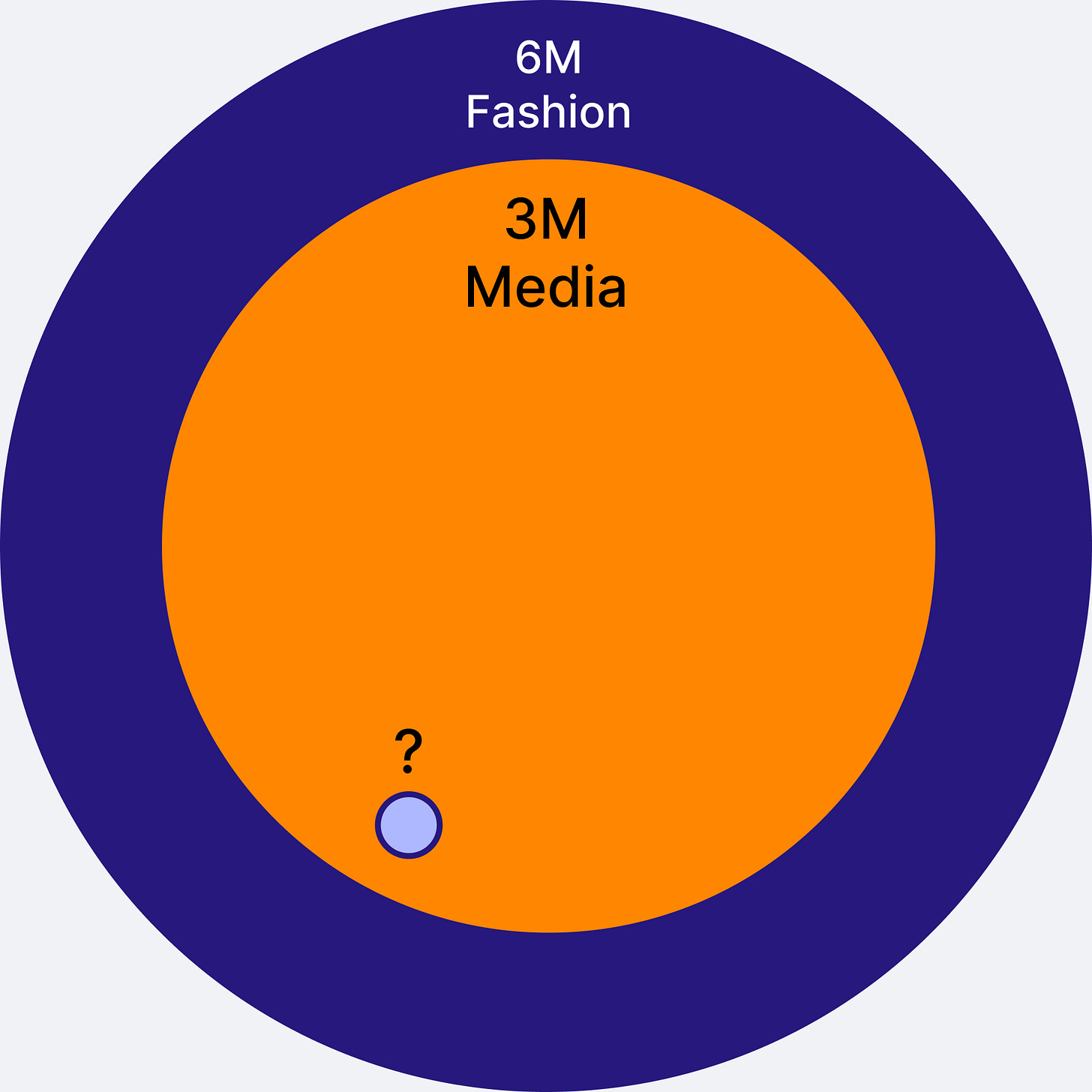
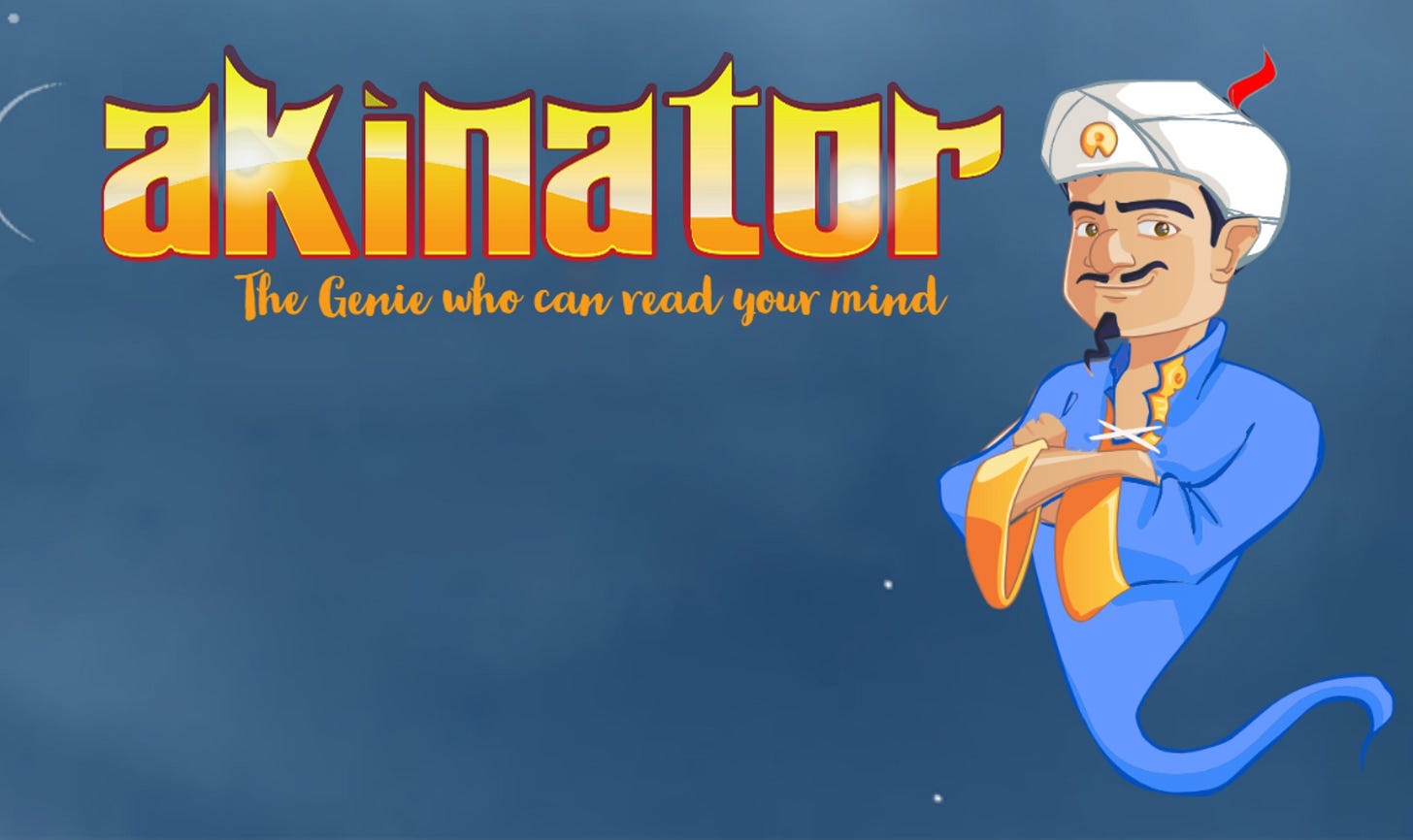
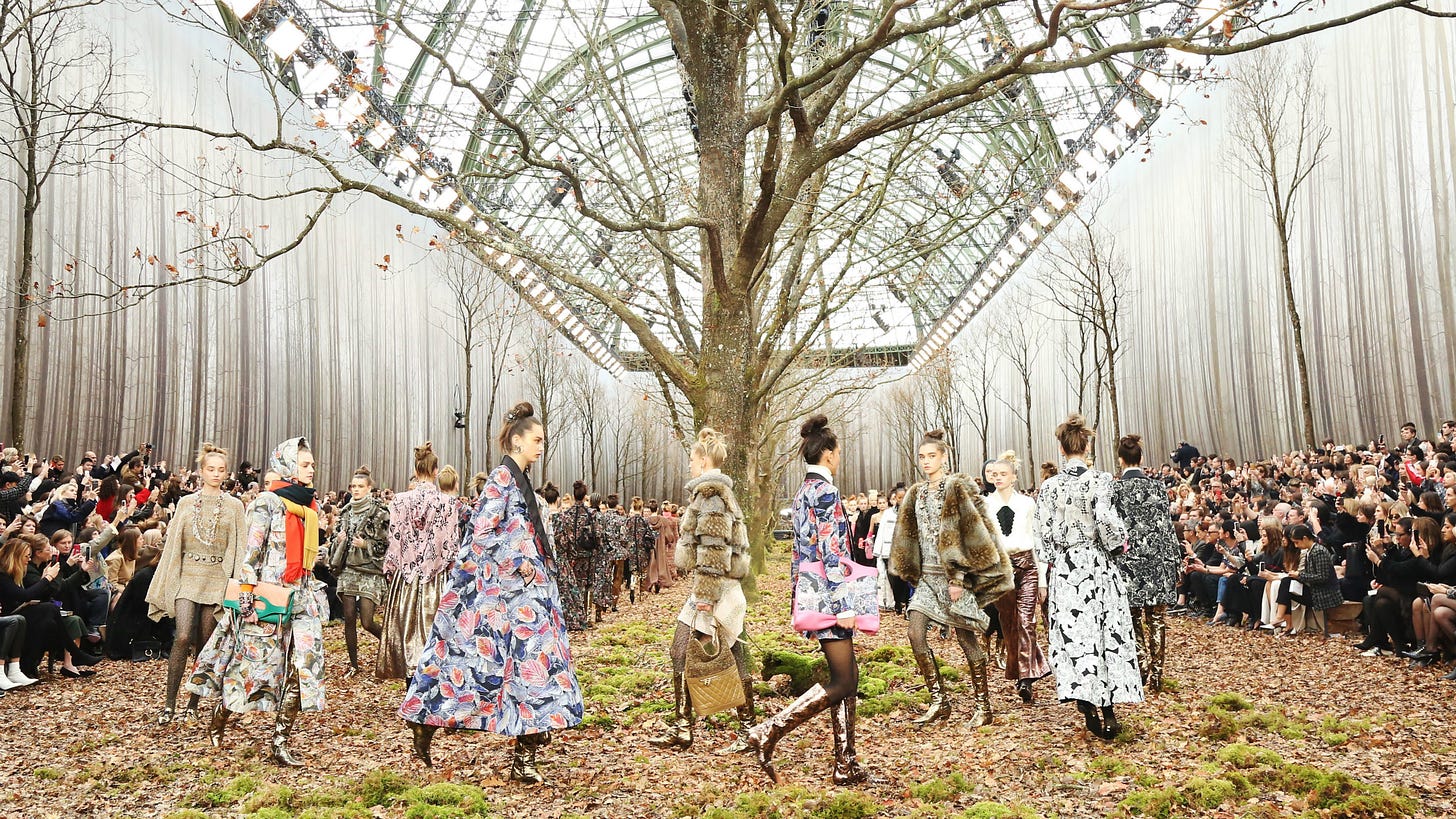
…if nothing else a career in consulting is imminent…or becoming a detective…
Wow! Great job! So much work!